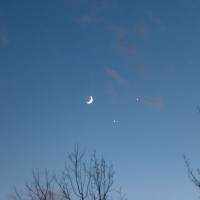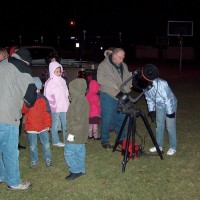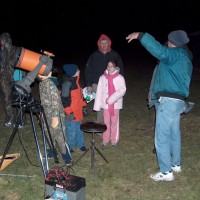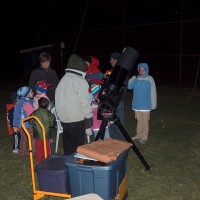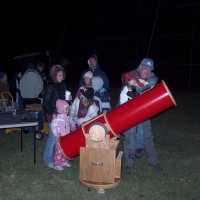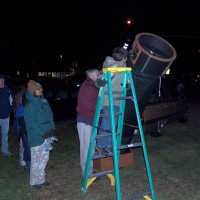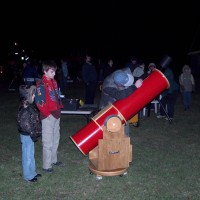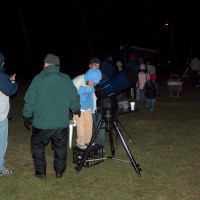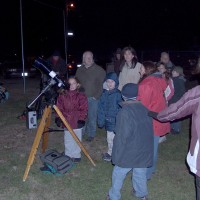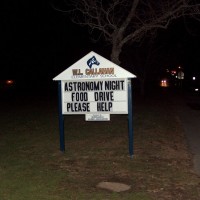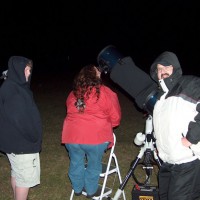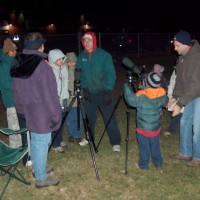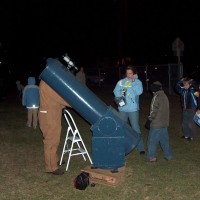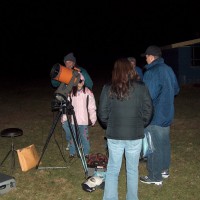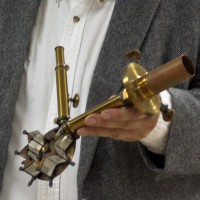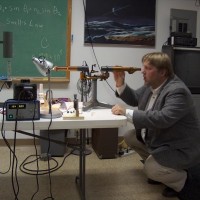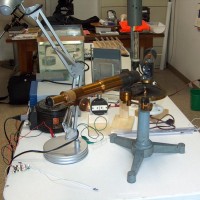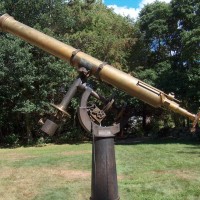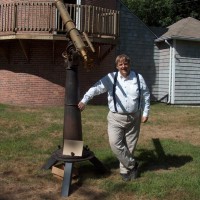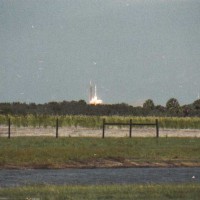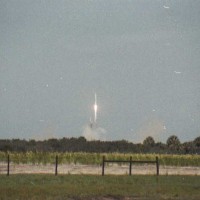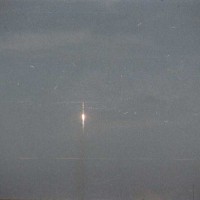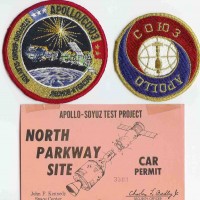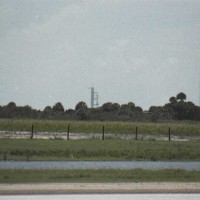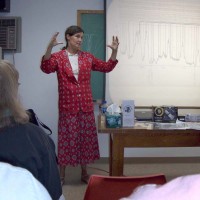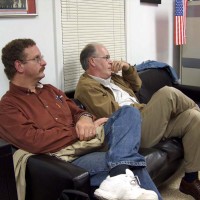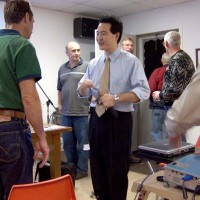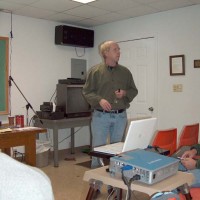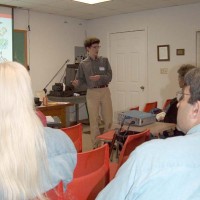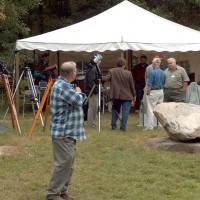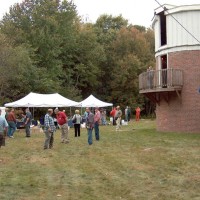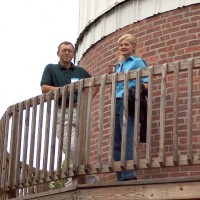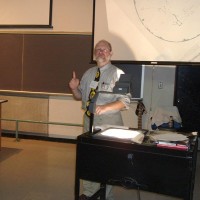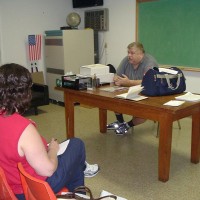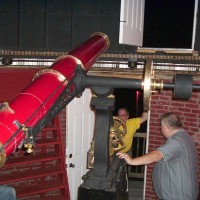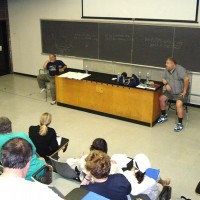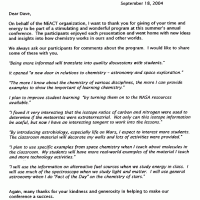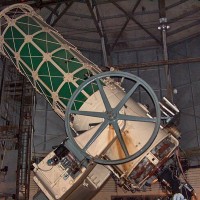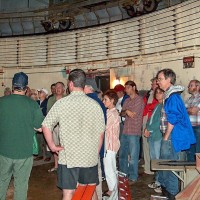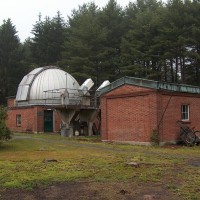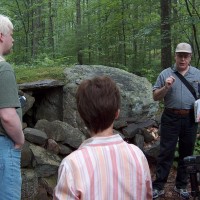
Dave Huestis

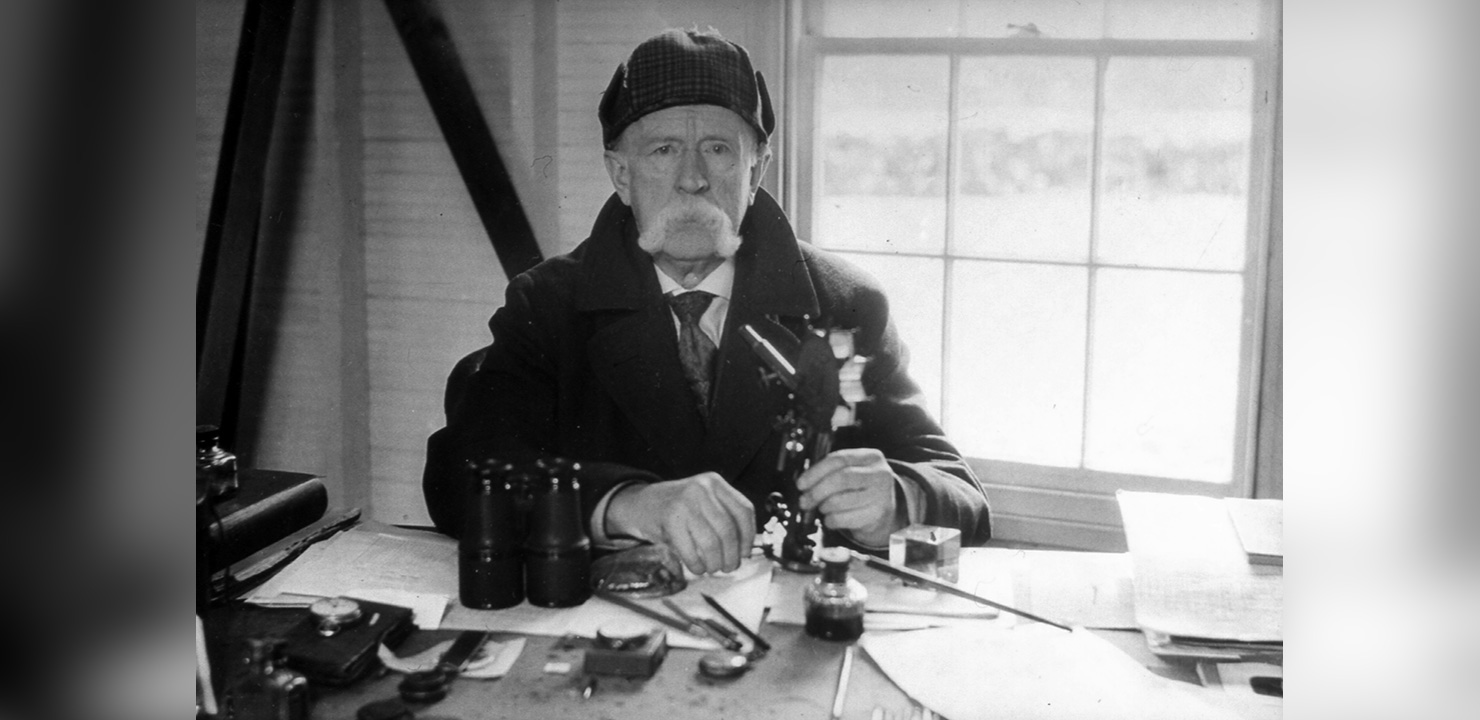

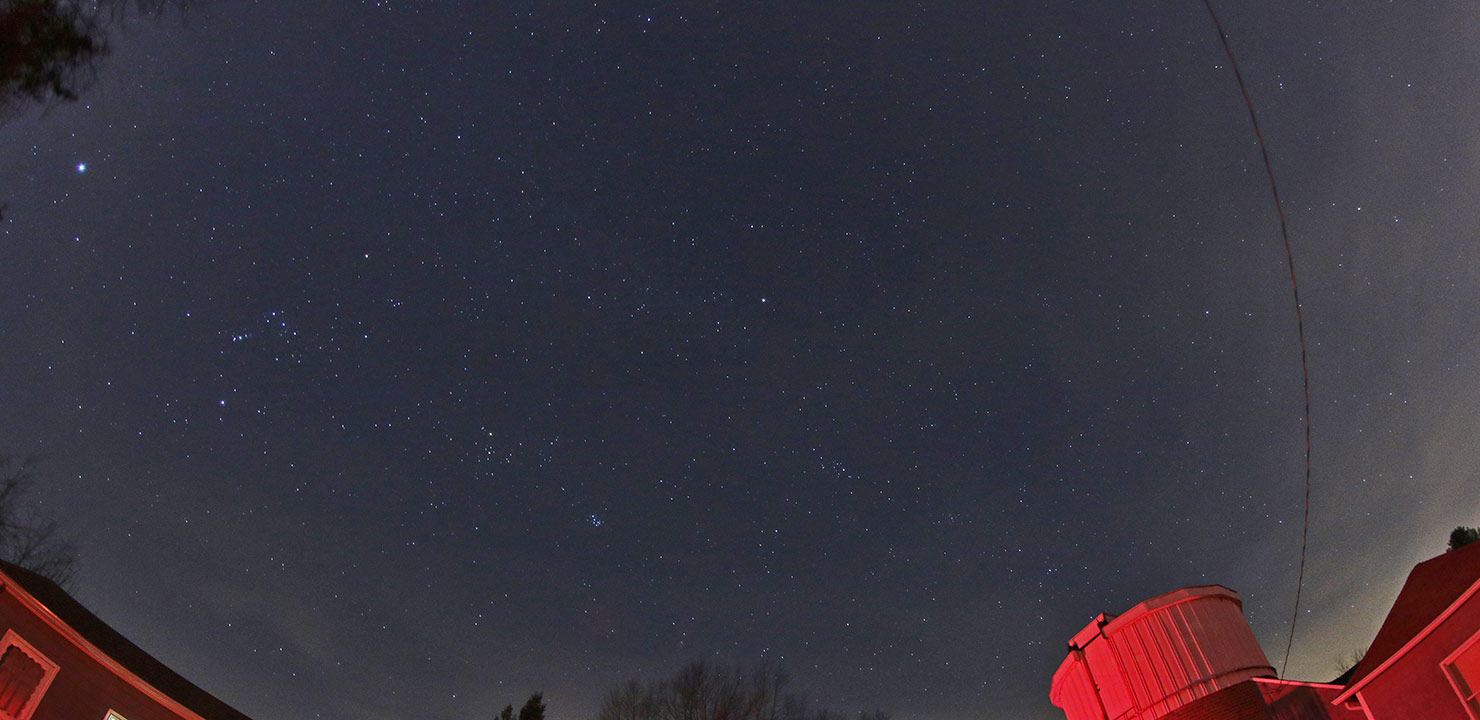
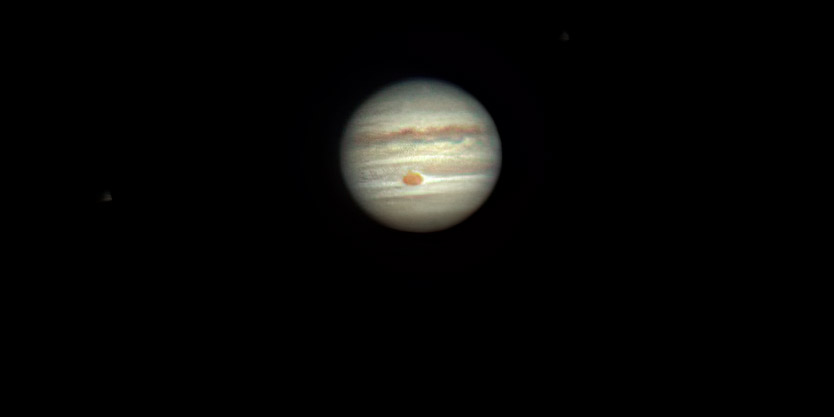

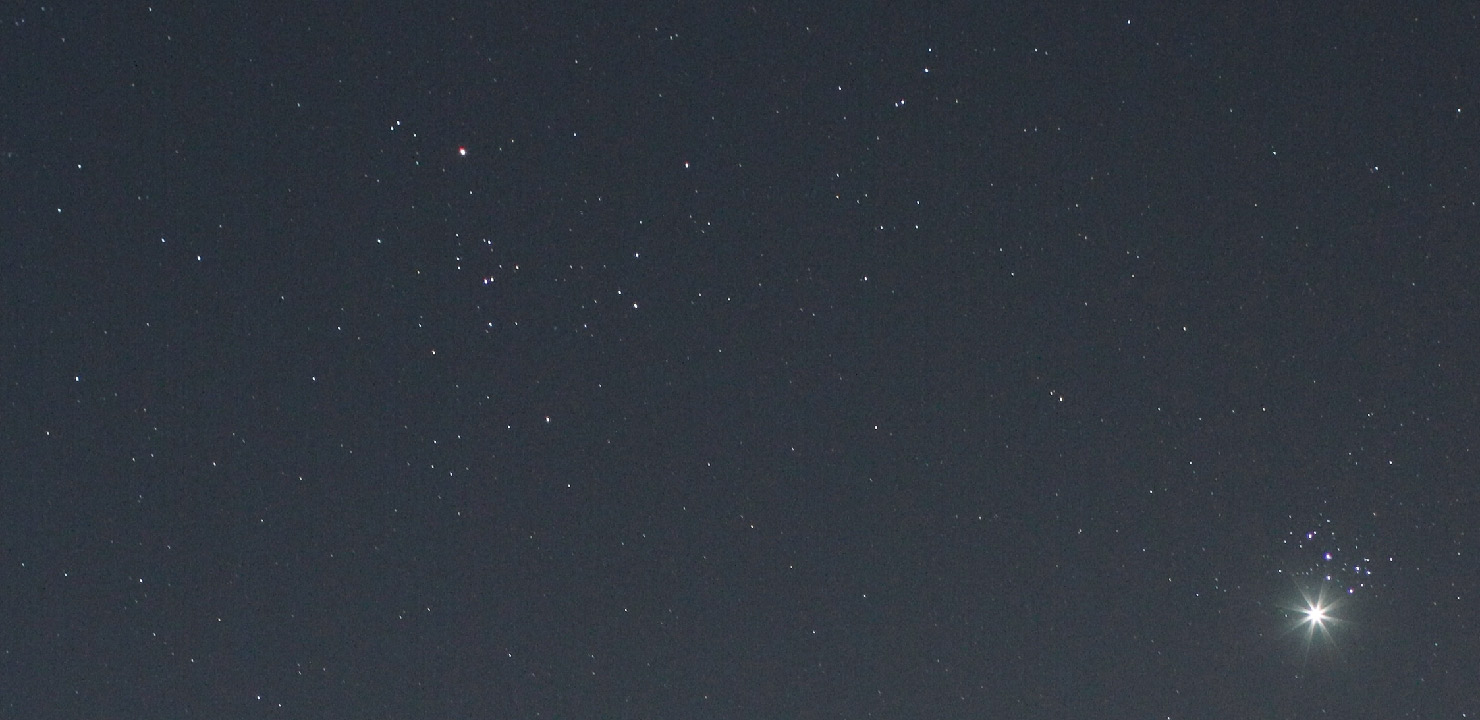
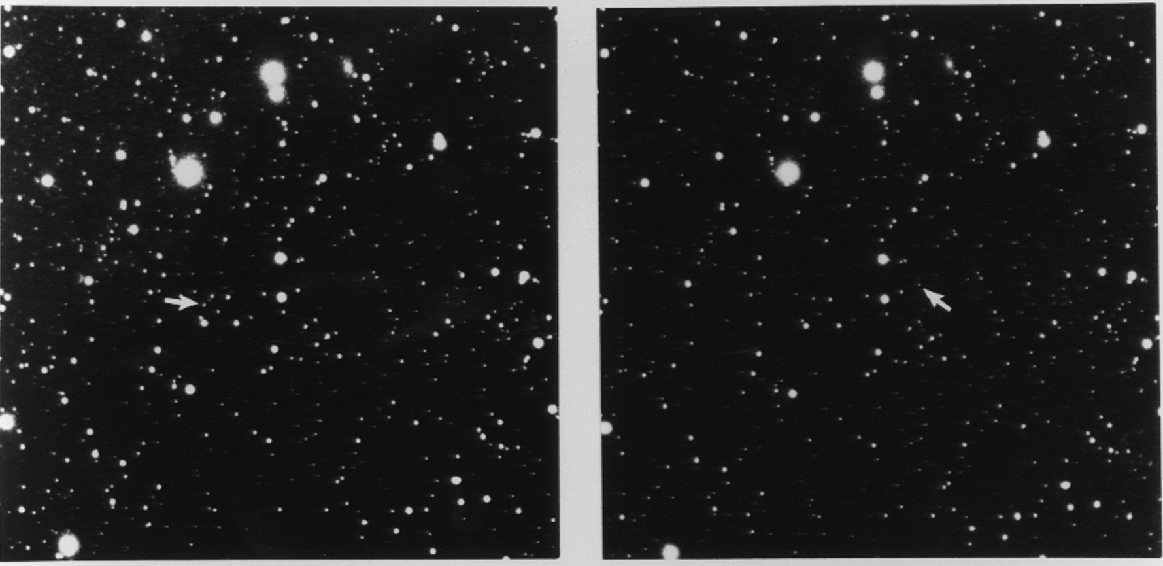
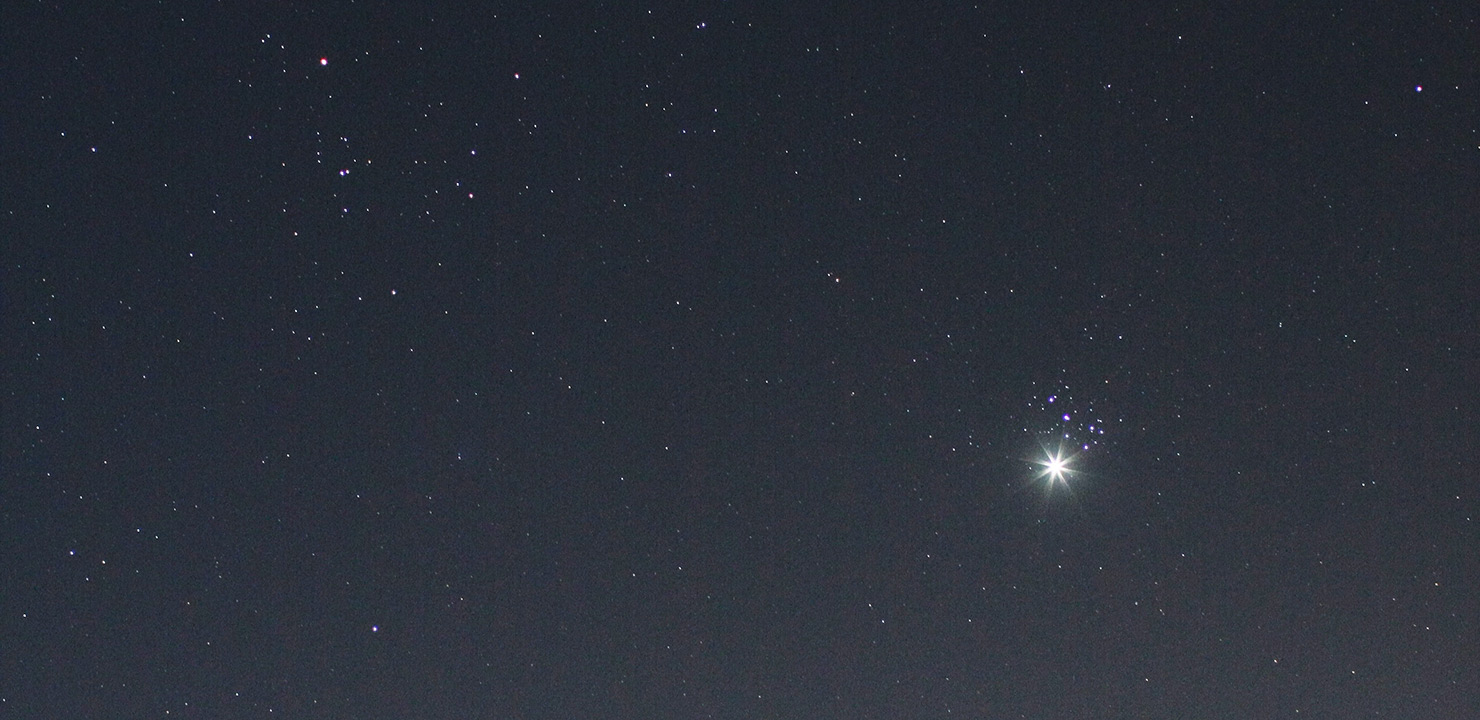
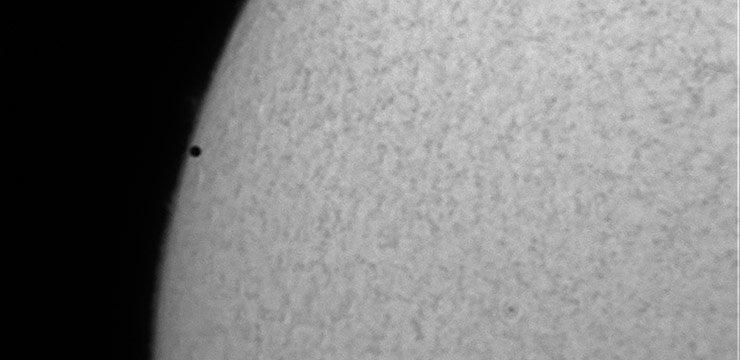
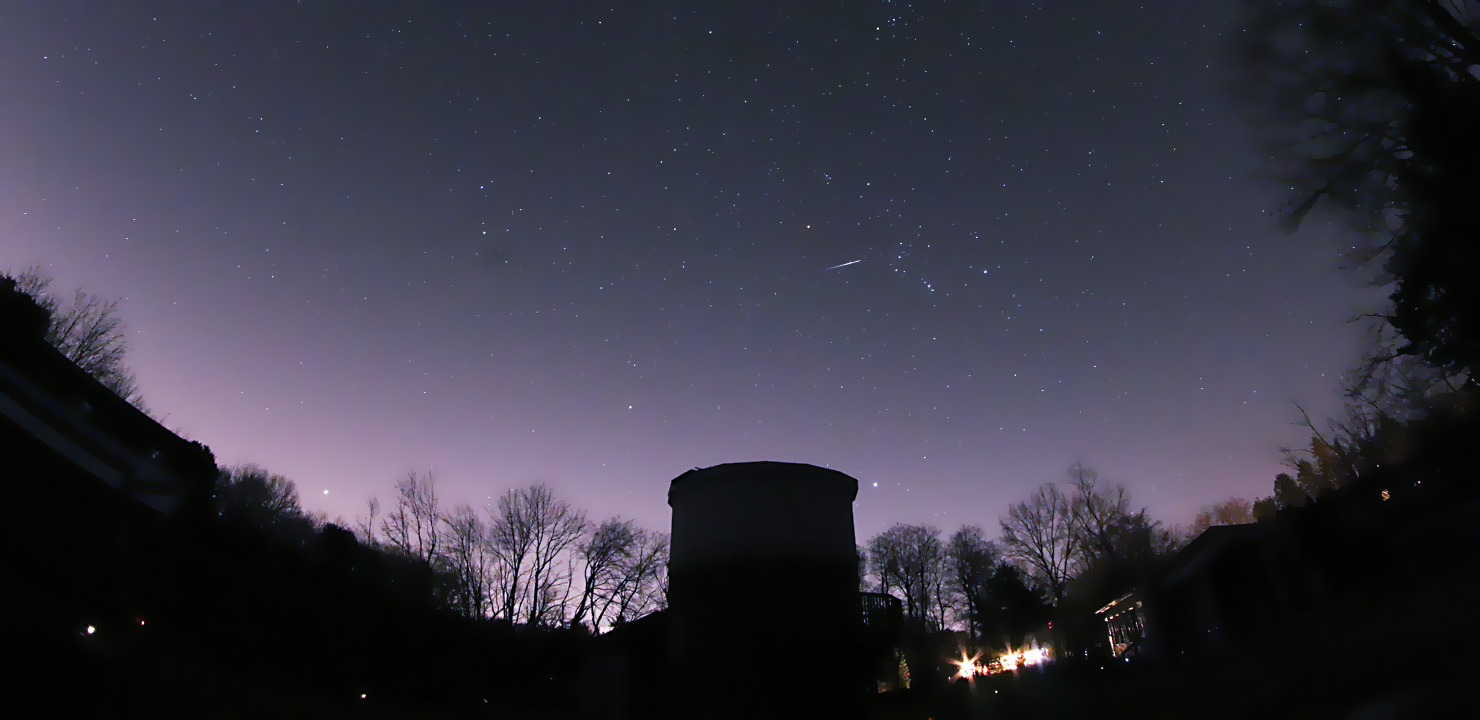
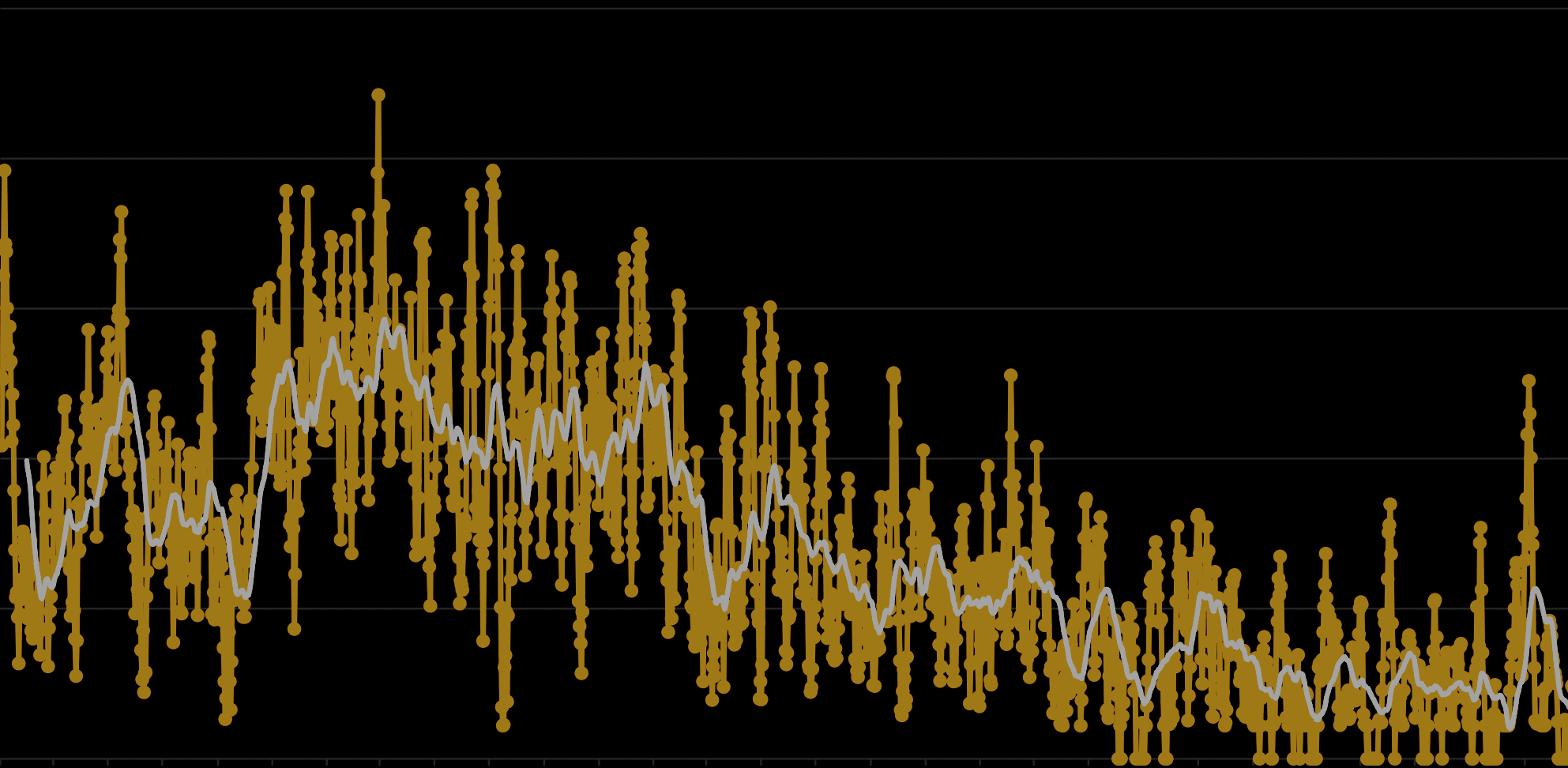
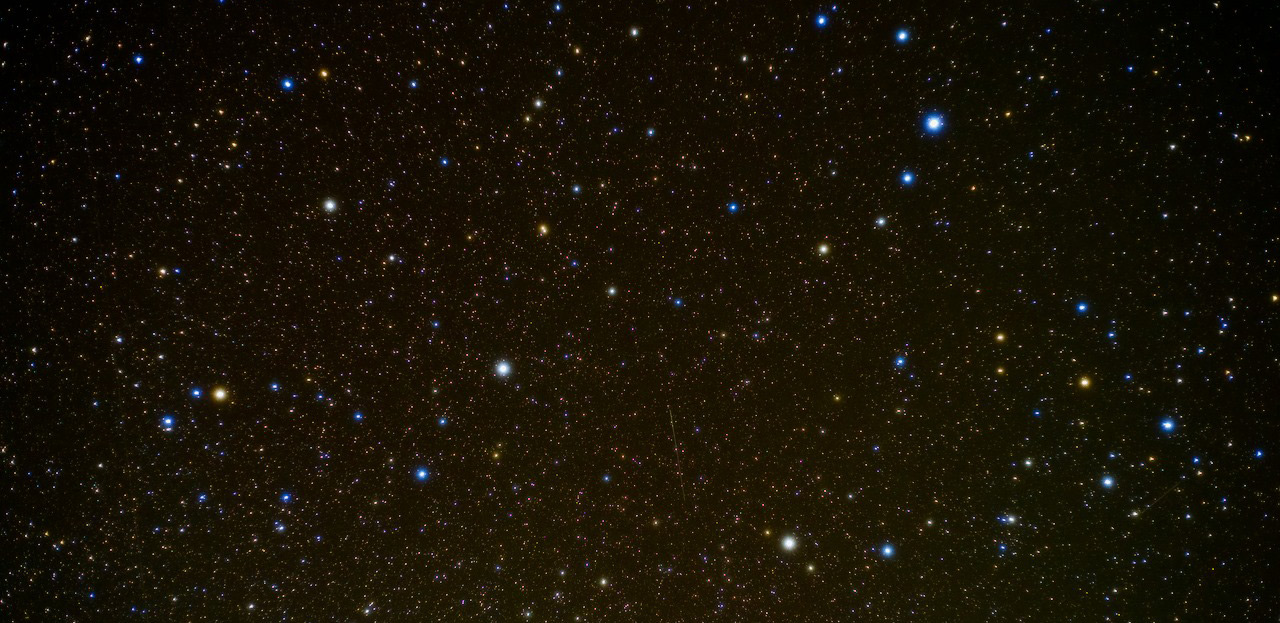
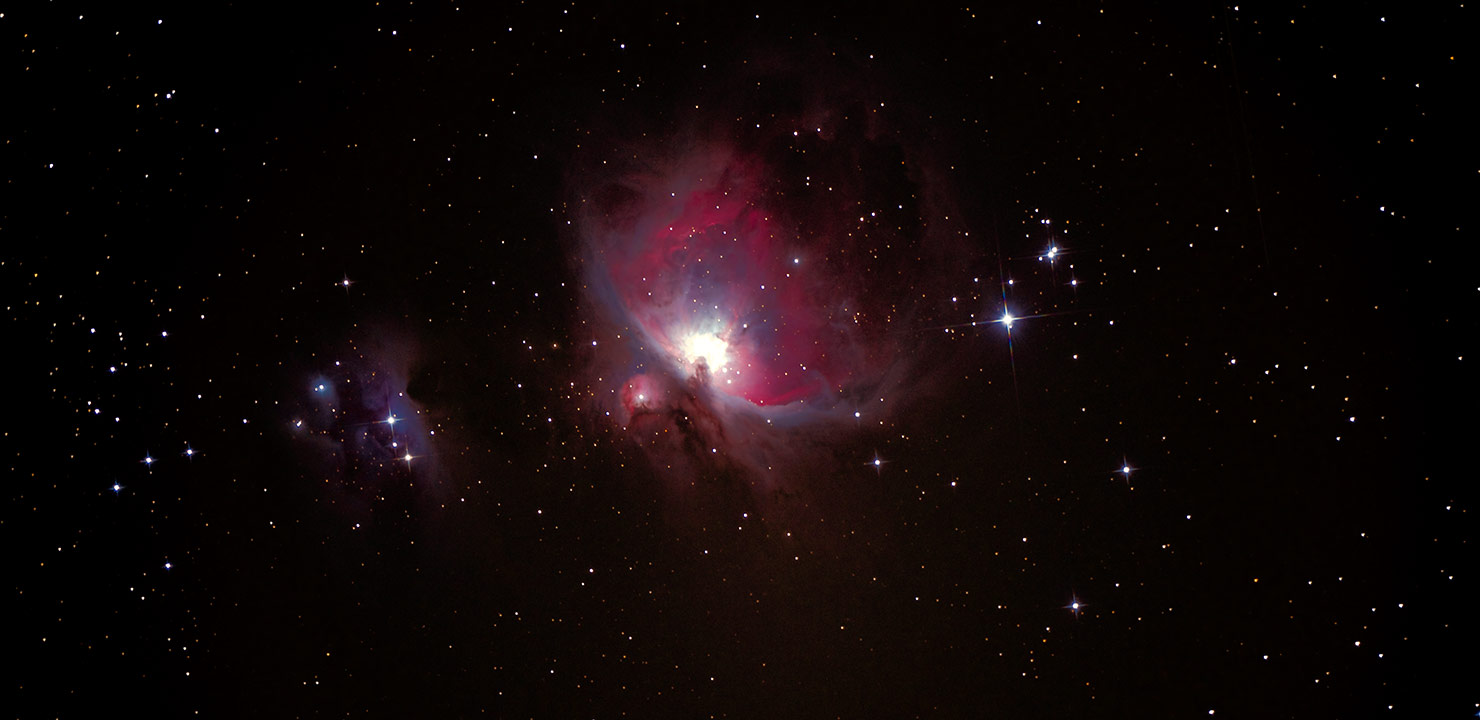
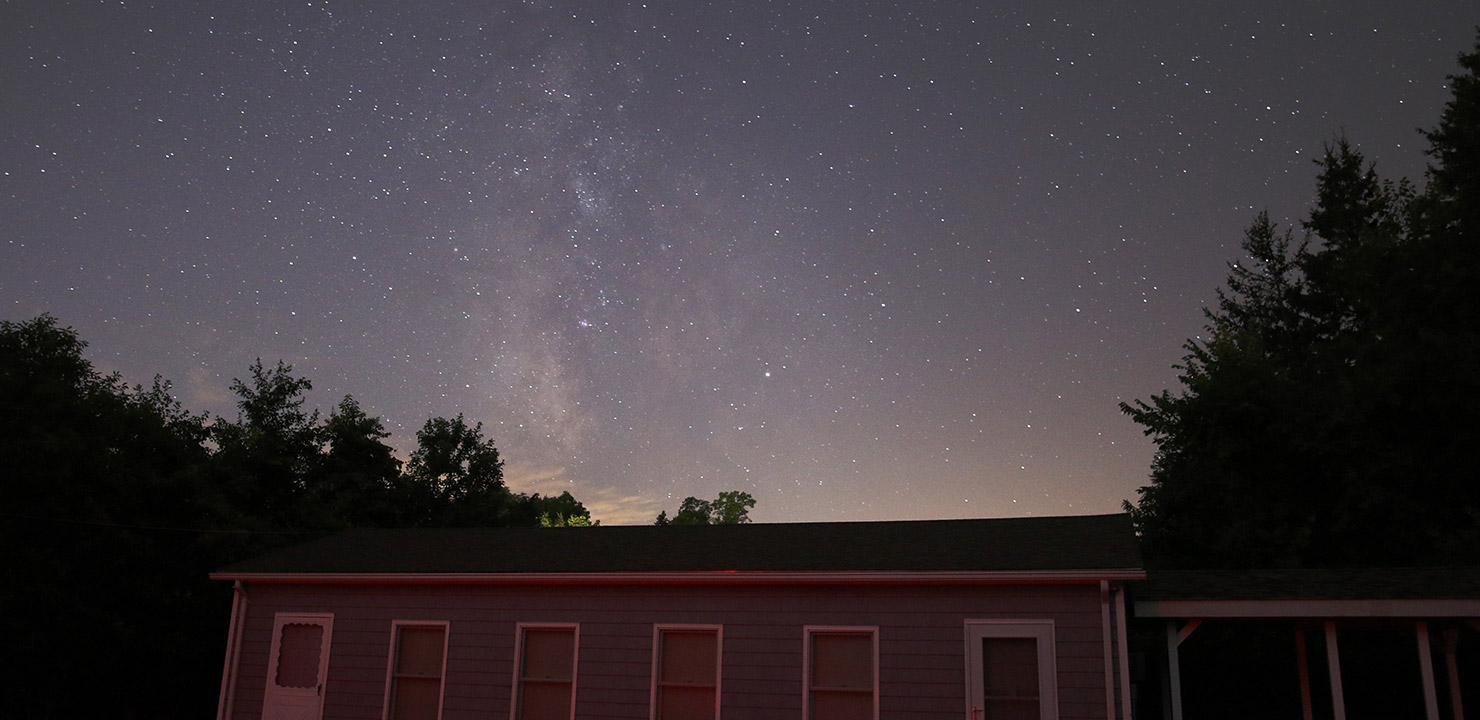
Sagittarius, the Archer
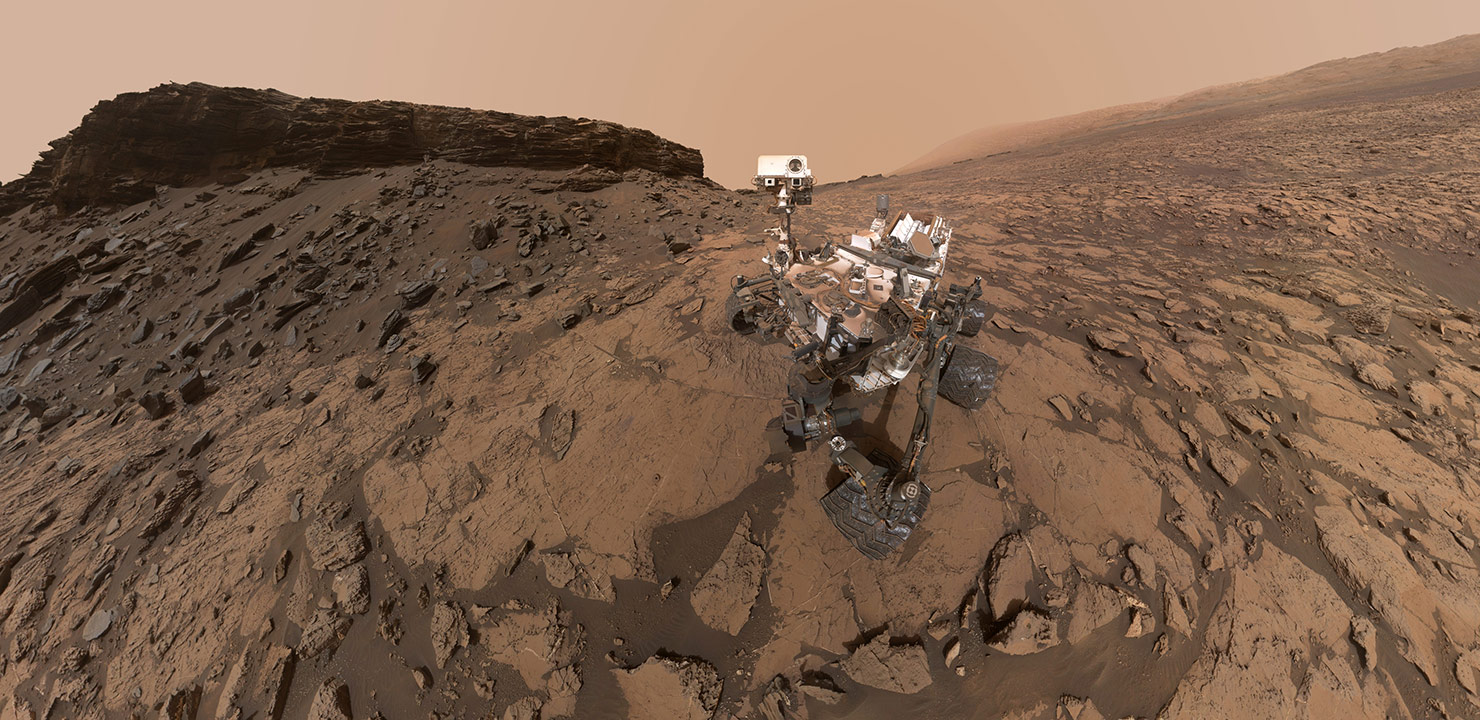
Mars: Past, Present and Future
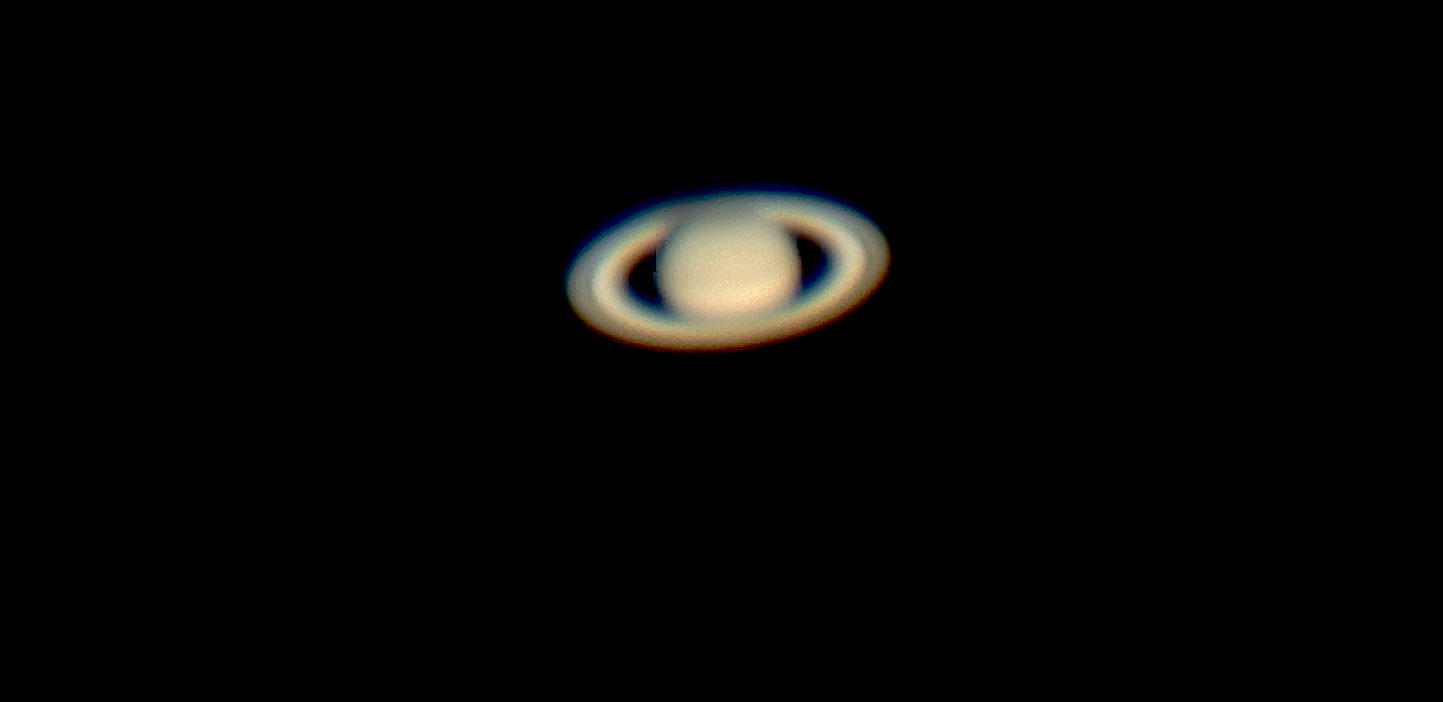
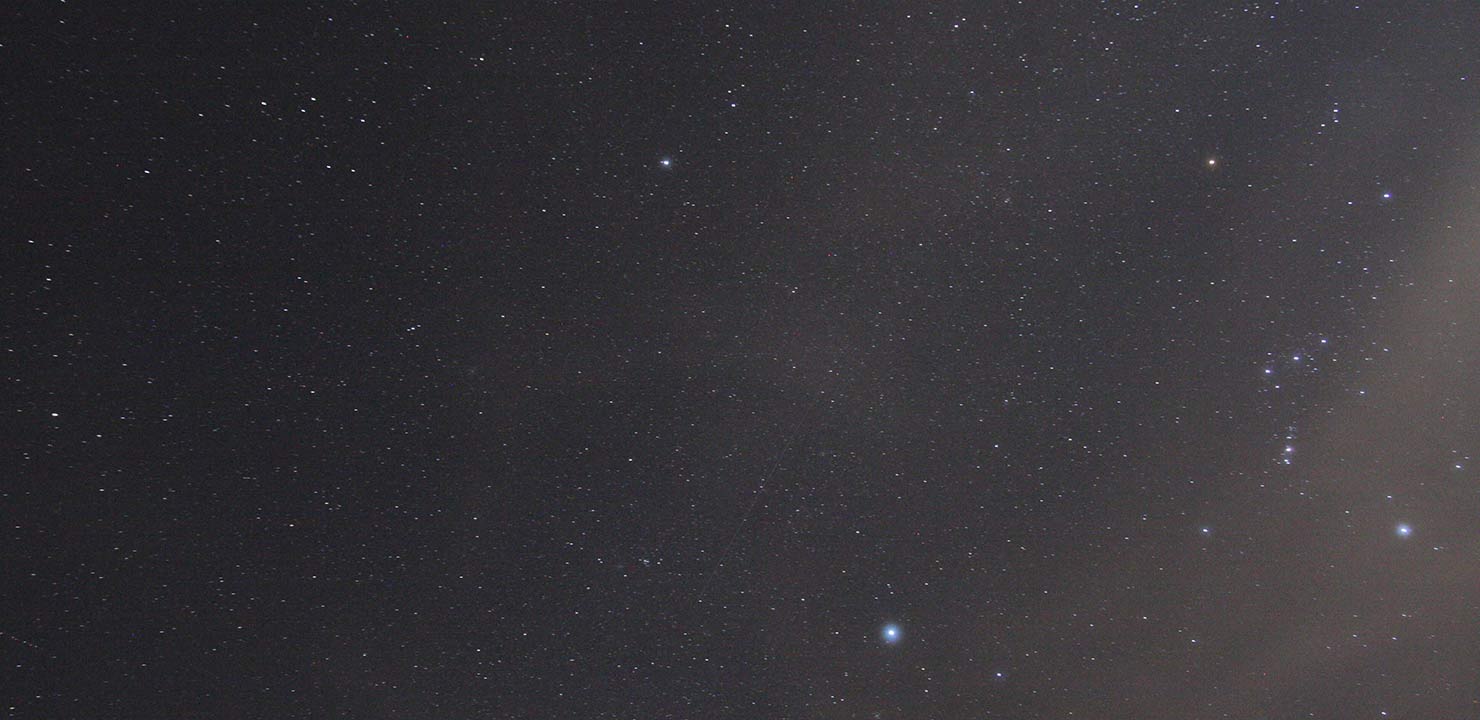
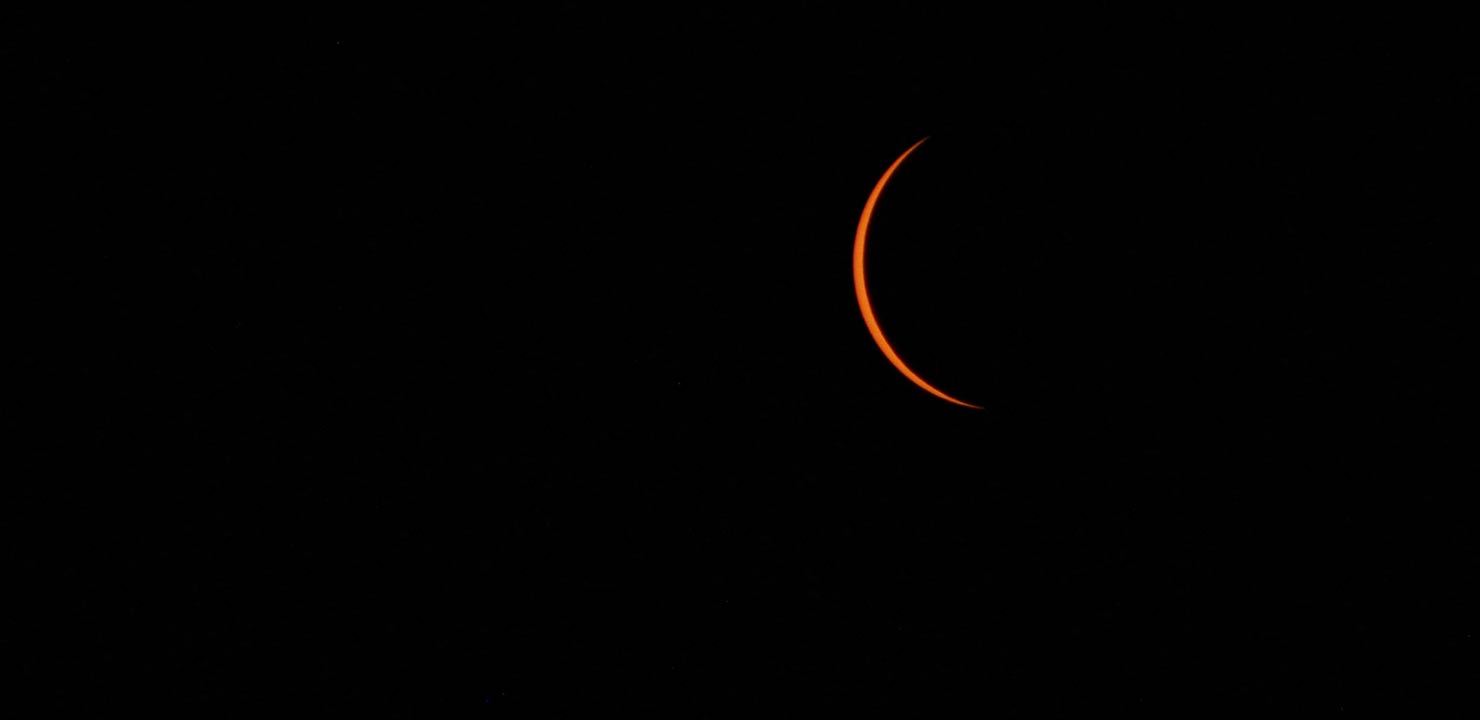
The Journey to Totality
Build a Shoebox Pinhole Projection Eclipse Viewer
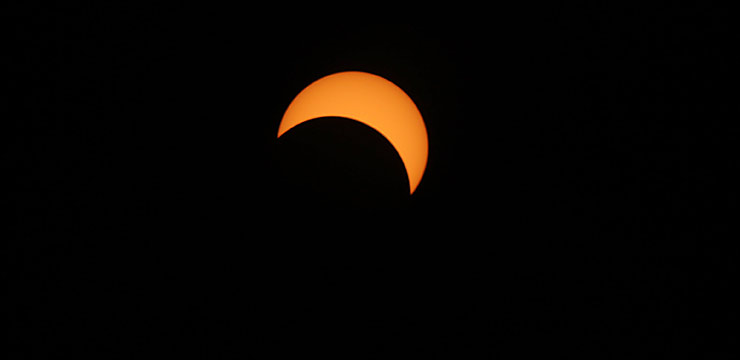
A Guide to the Total Solar Eclipse of August 21, 2017
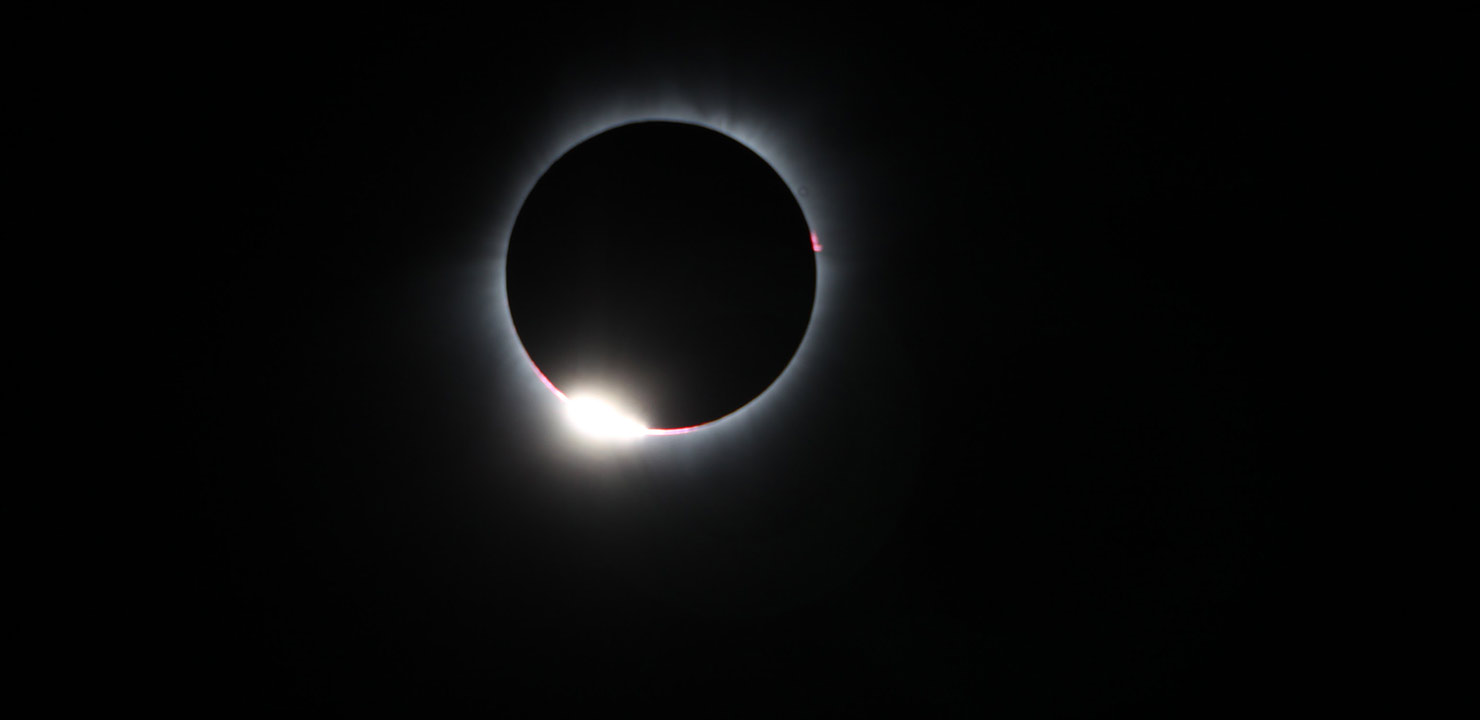
A Guide to the Total Solar Eclipse of August 21, 2017: Part 2

Astronomical Events Determine Easter Observance
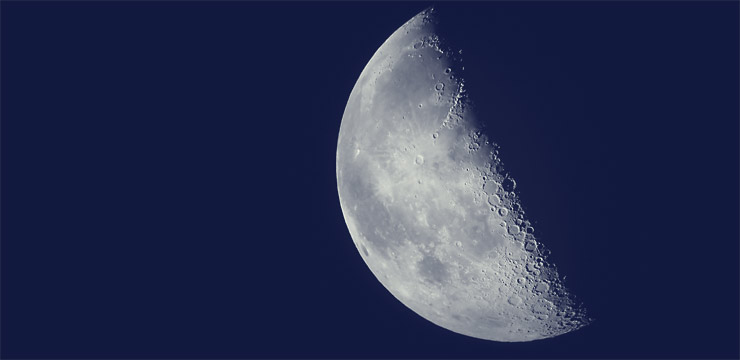
Observing the Last Quarter Moon
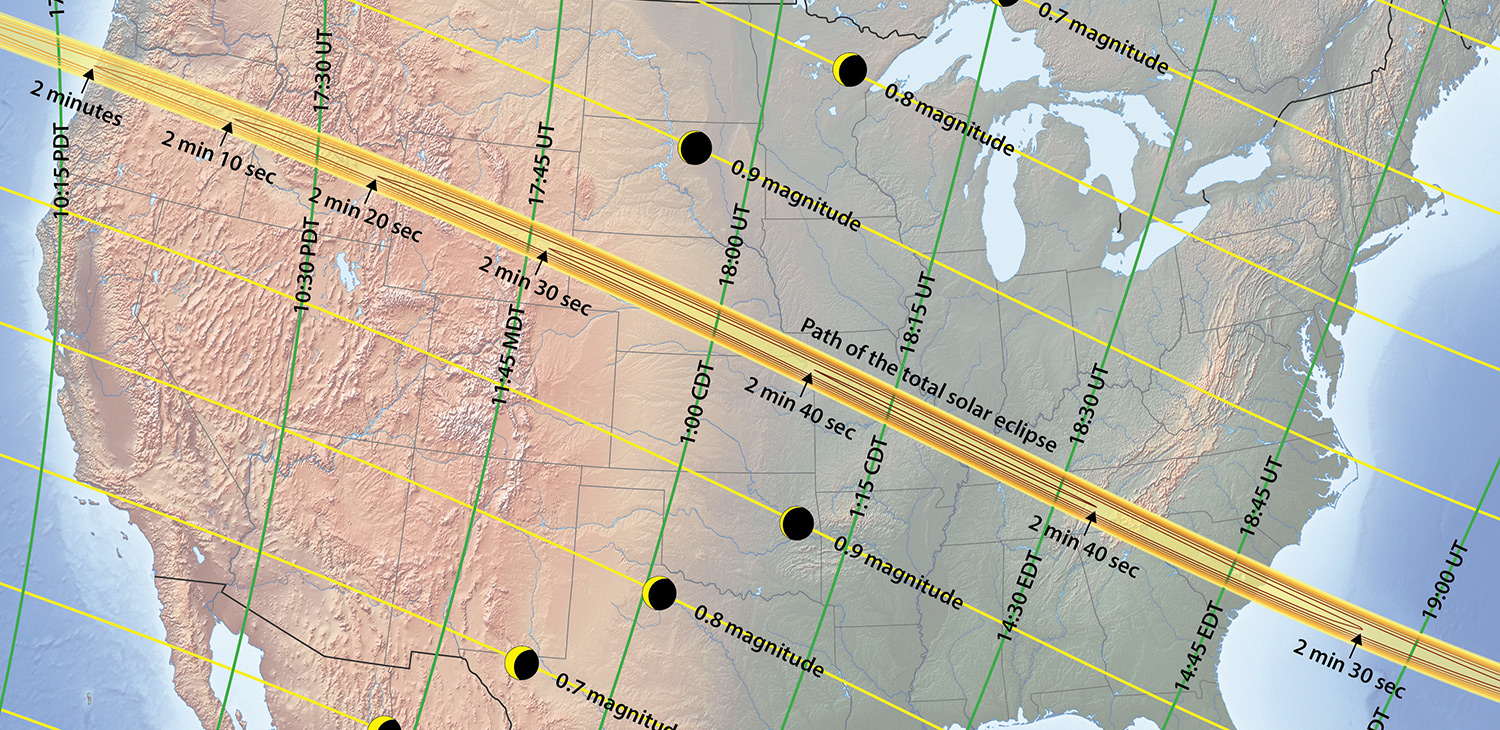
Astronomical Highlights of 2017 Including the Great American Total Solar Eclipse

The Mystery of the Christmas Star
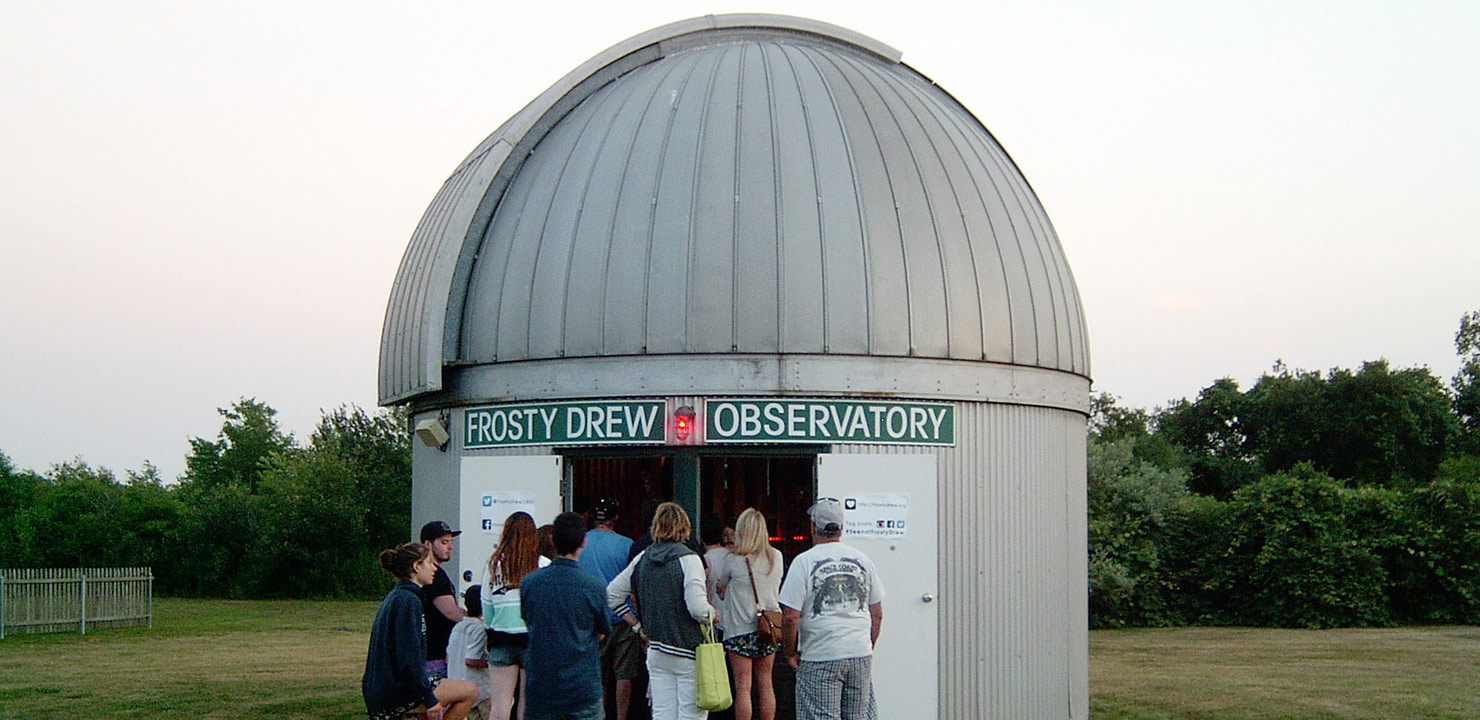
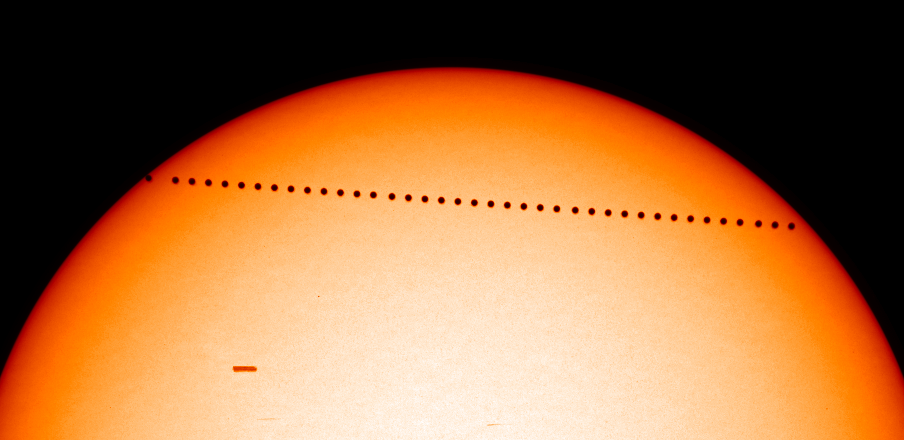
Transit of Mercury: An Infrequent Astronomical Event
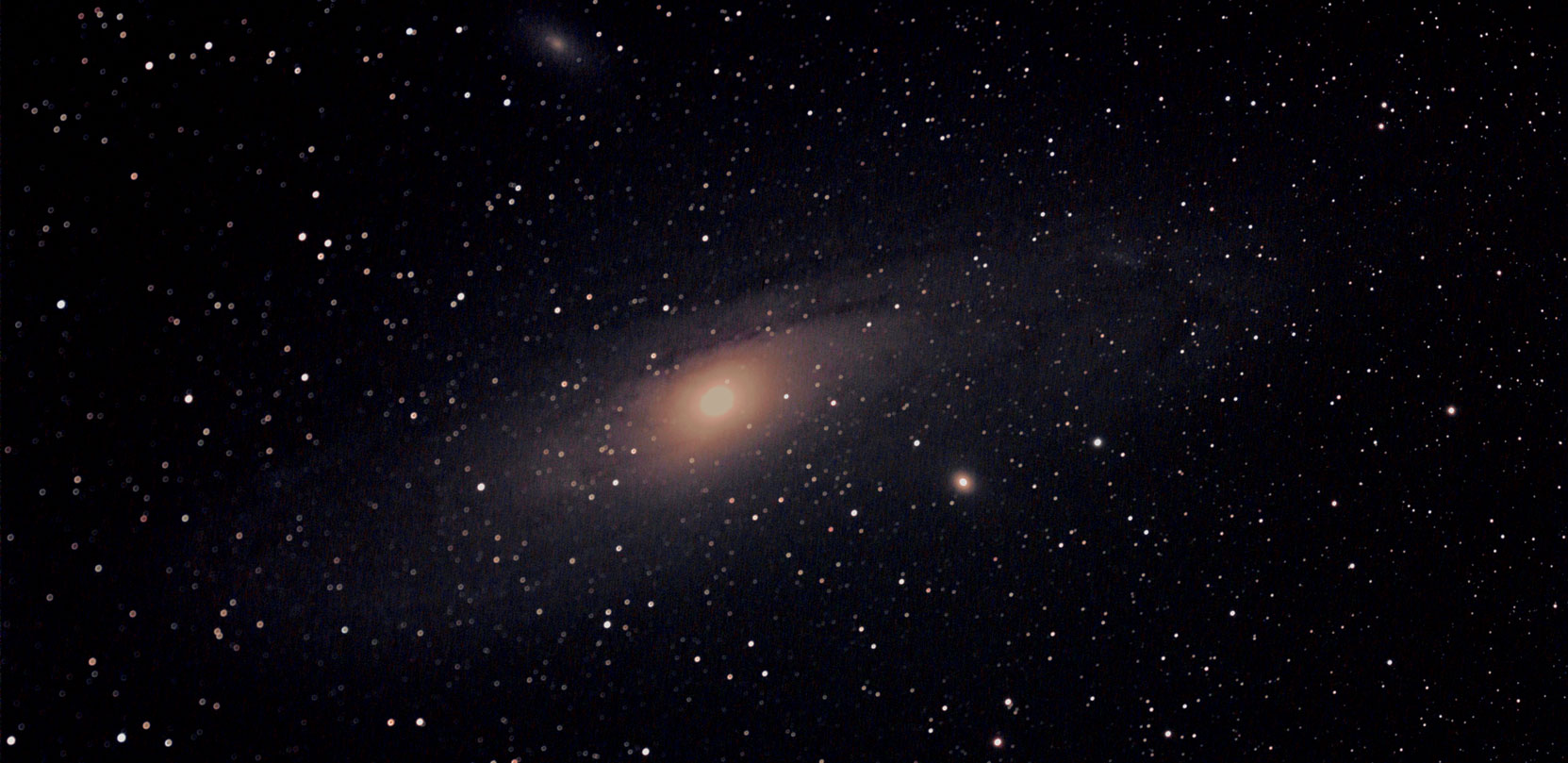
Stories in the Sky: Andromeda, the Chained Lady
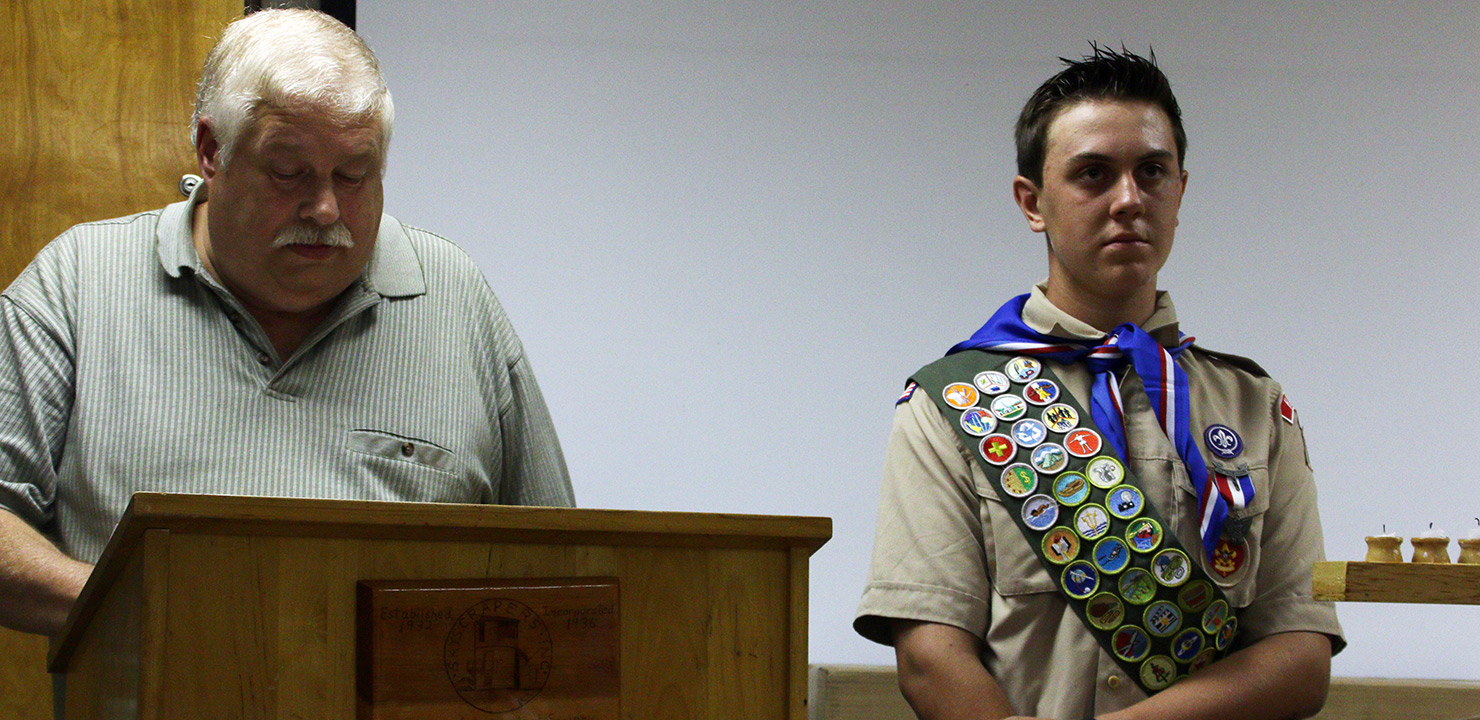
Alex Bergemann Promoted to Eagle Scout
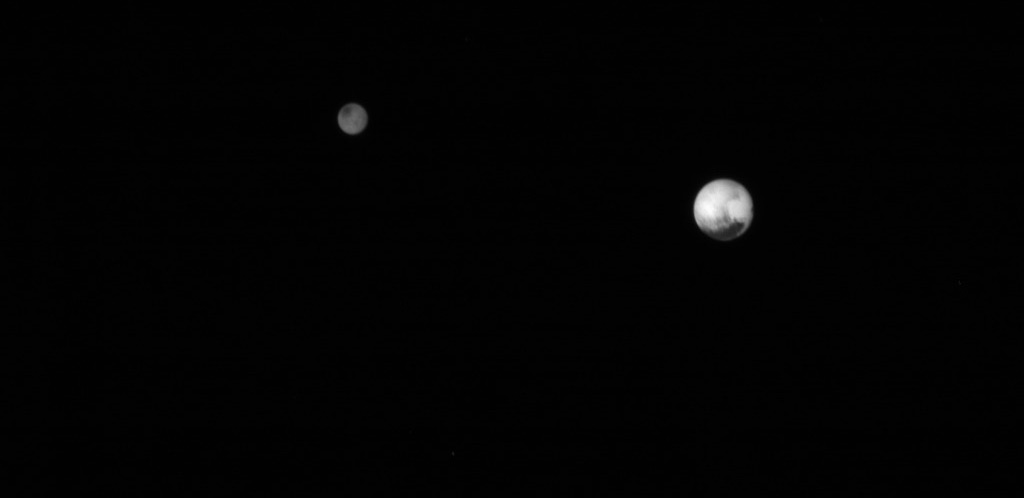
Reason for the Season(s)
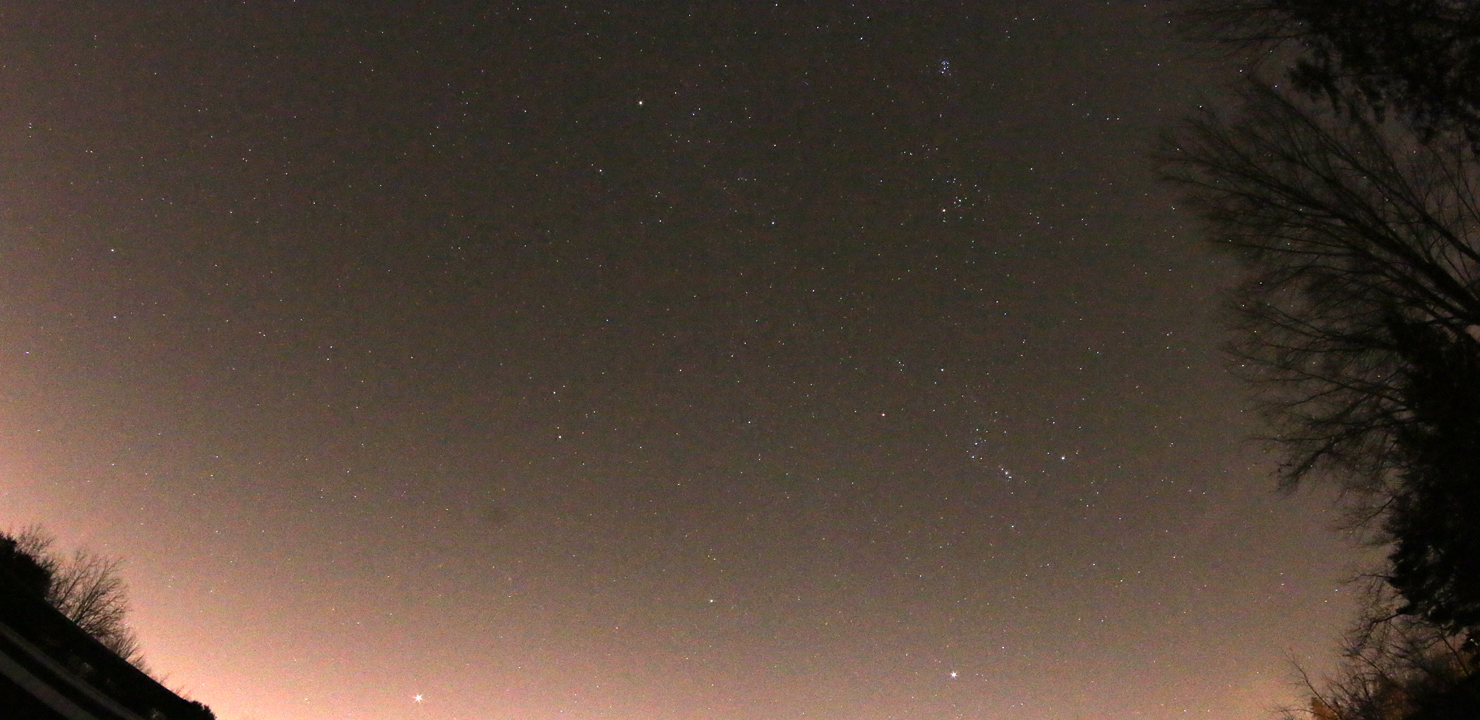

Meteor Shower Prospects for 2015 & Other Astronomical Highlights
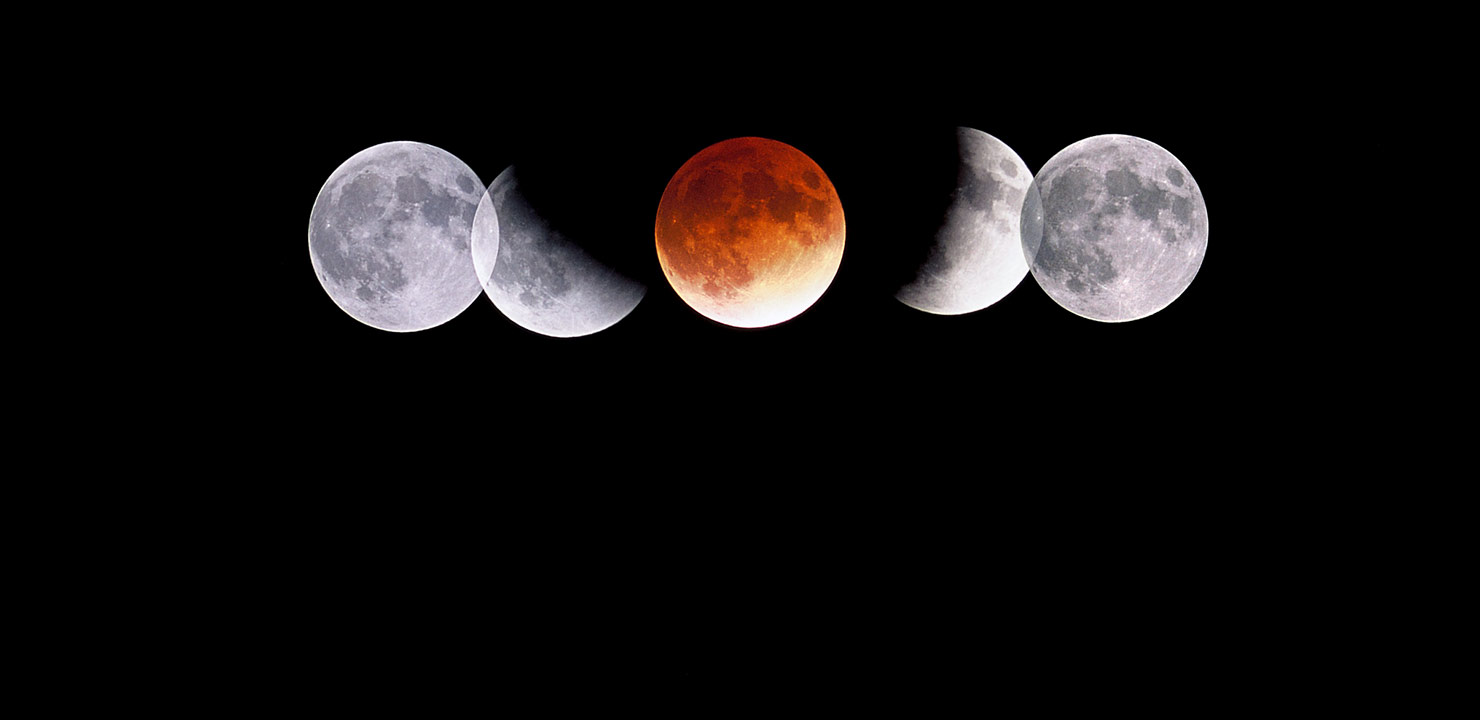

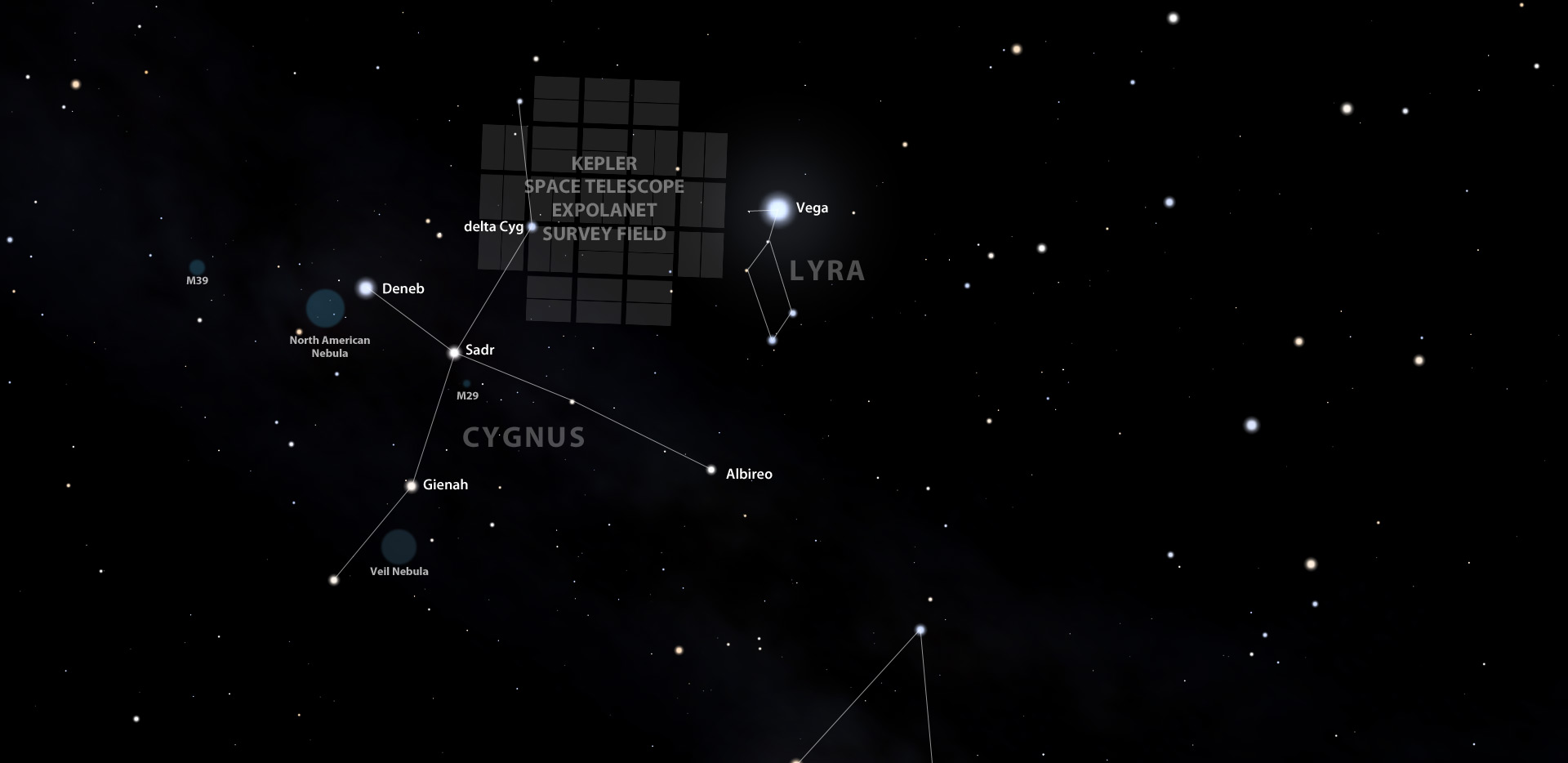

Magnificent Saturn
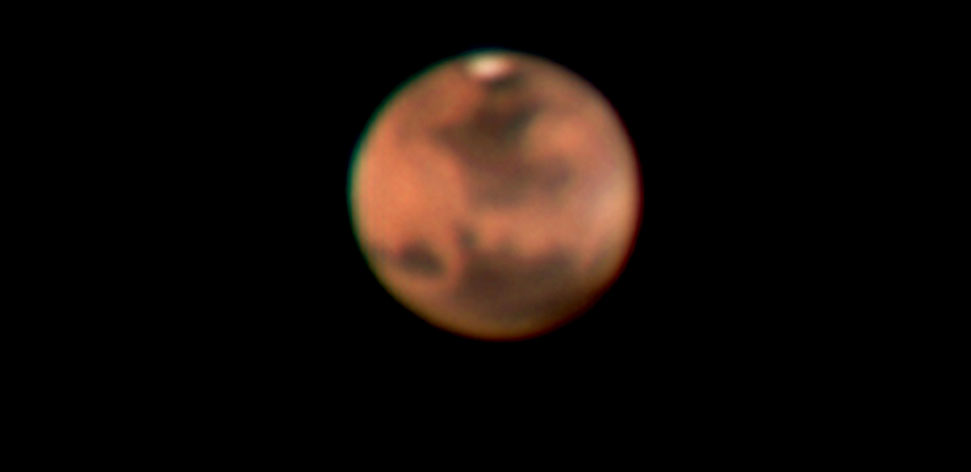
Mars Madness
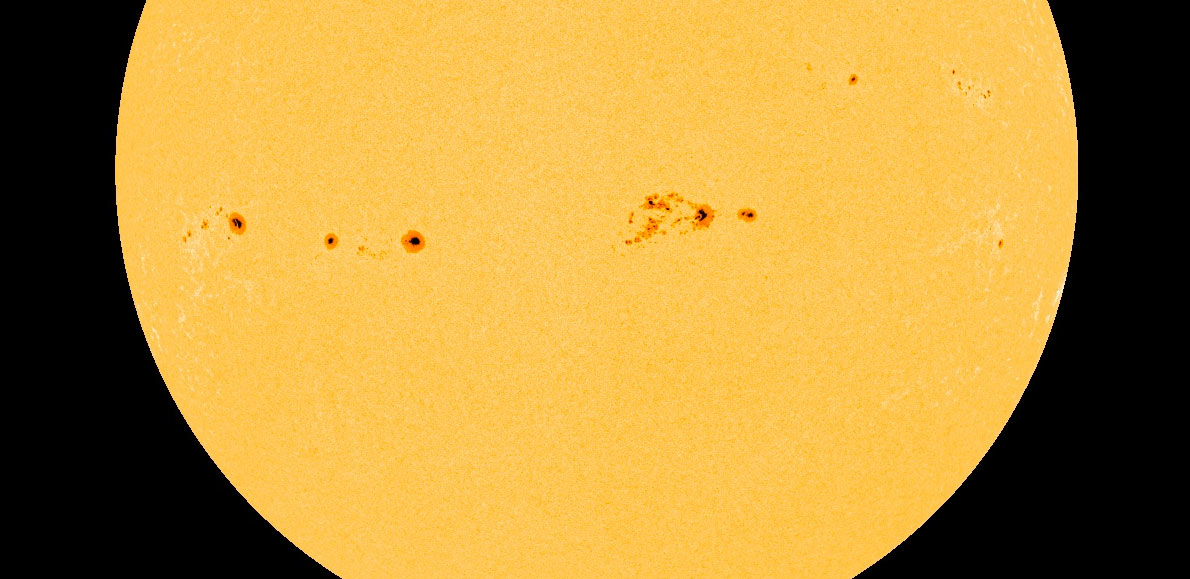
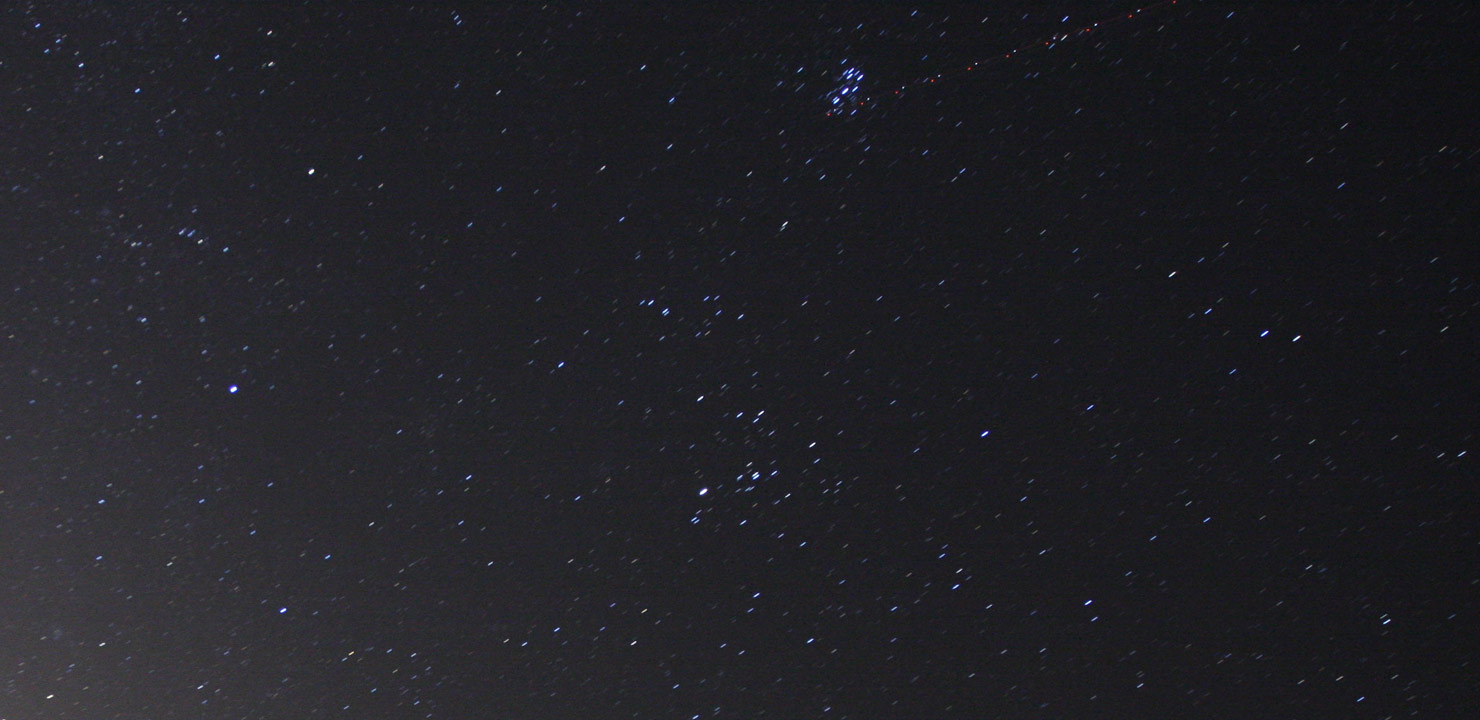
Diamonds Upon Black Velvet
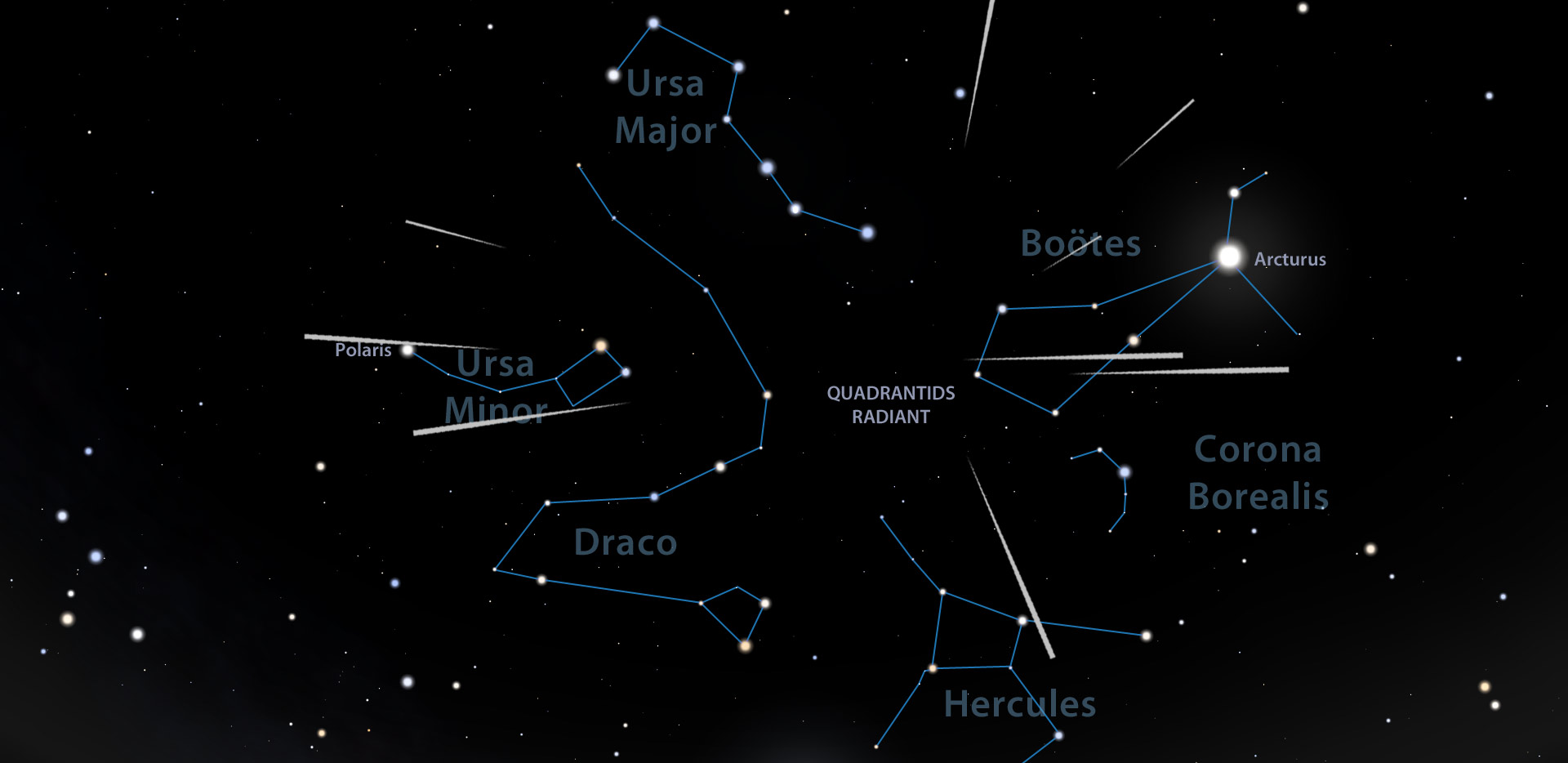
Meteor Shower Prospects for 2014 and other Astronomical Highlights
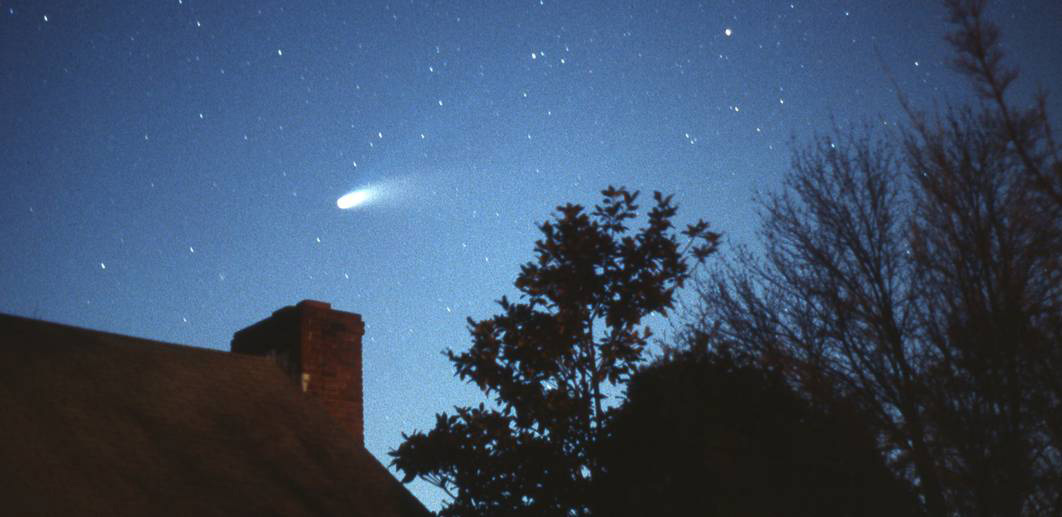
Preparing for Comet ISON: A Comet Primer for Casual Stargazers

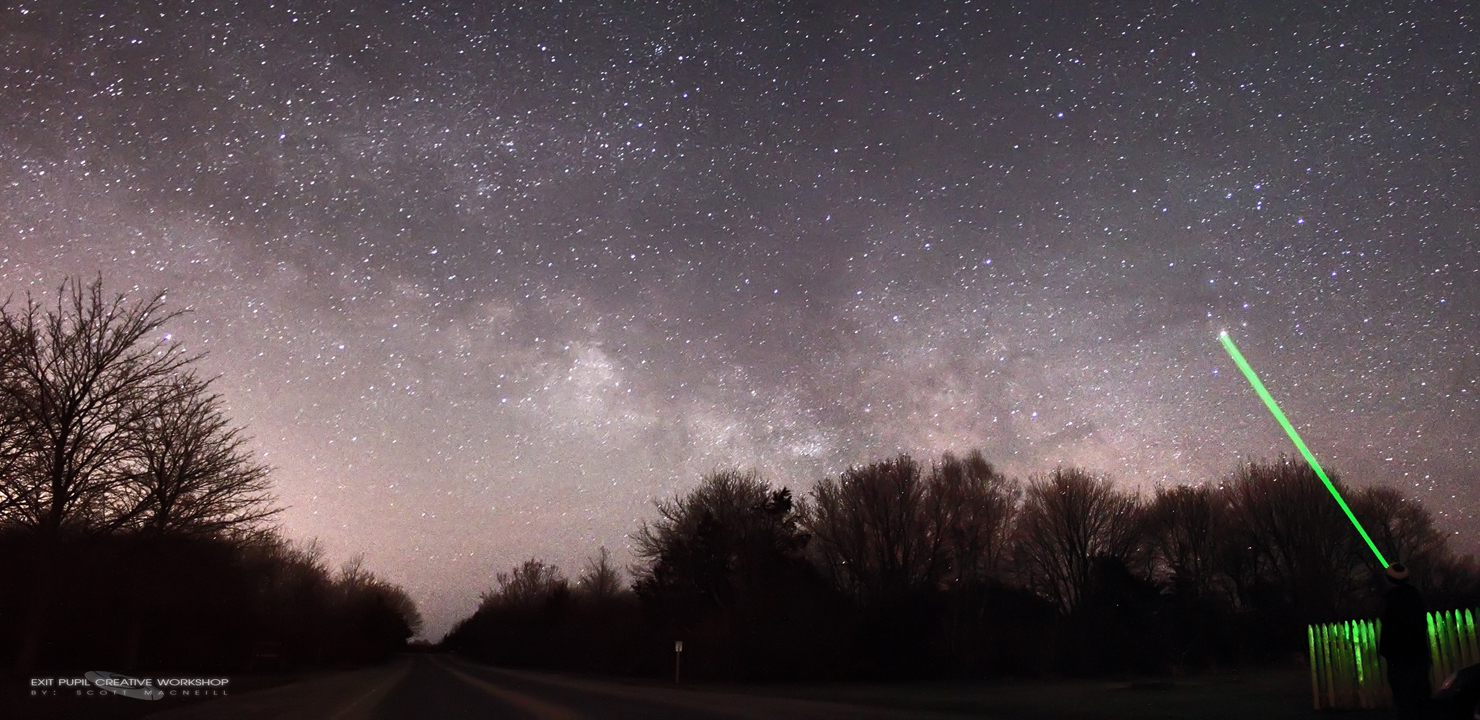
Some Treasures of the Summer Milky Way From Perseus to Sagittarius
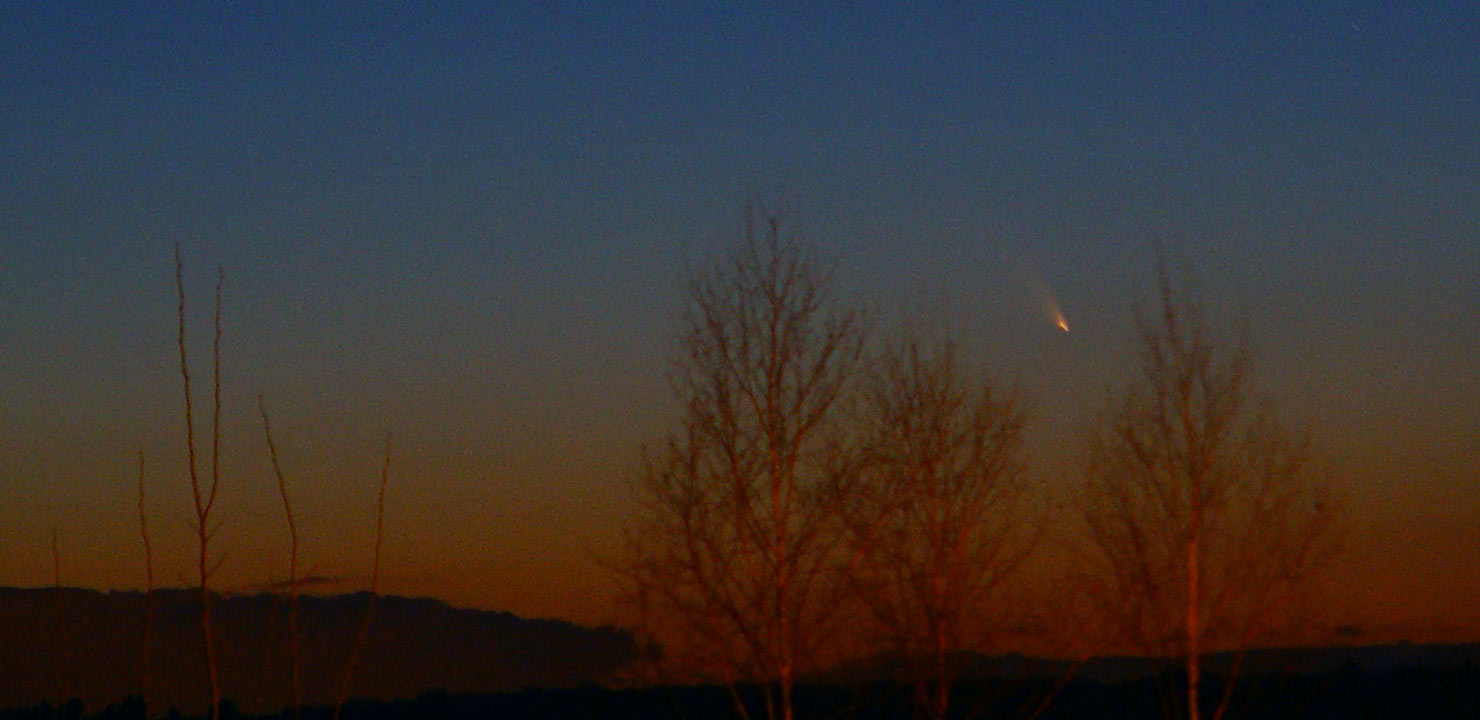
See Comet PanSTARRS in March and April
Meteor Shower Prospects for 2013 and other Astronomical Highlights

Doomsday 2012: Down for the (Long) Count?
Promising Prospects for December’s Geminid Meteor Shower

The Moon: It's just a Phase it's Going Through
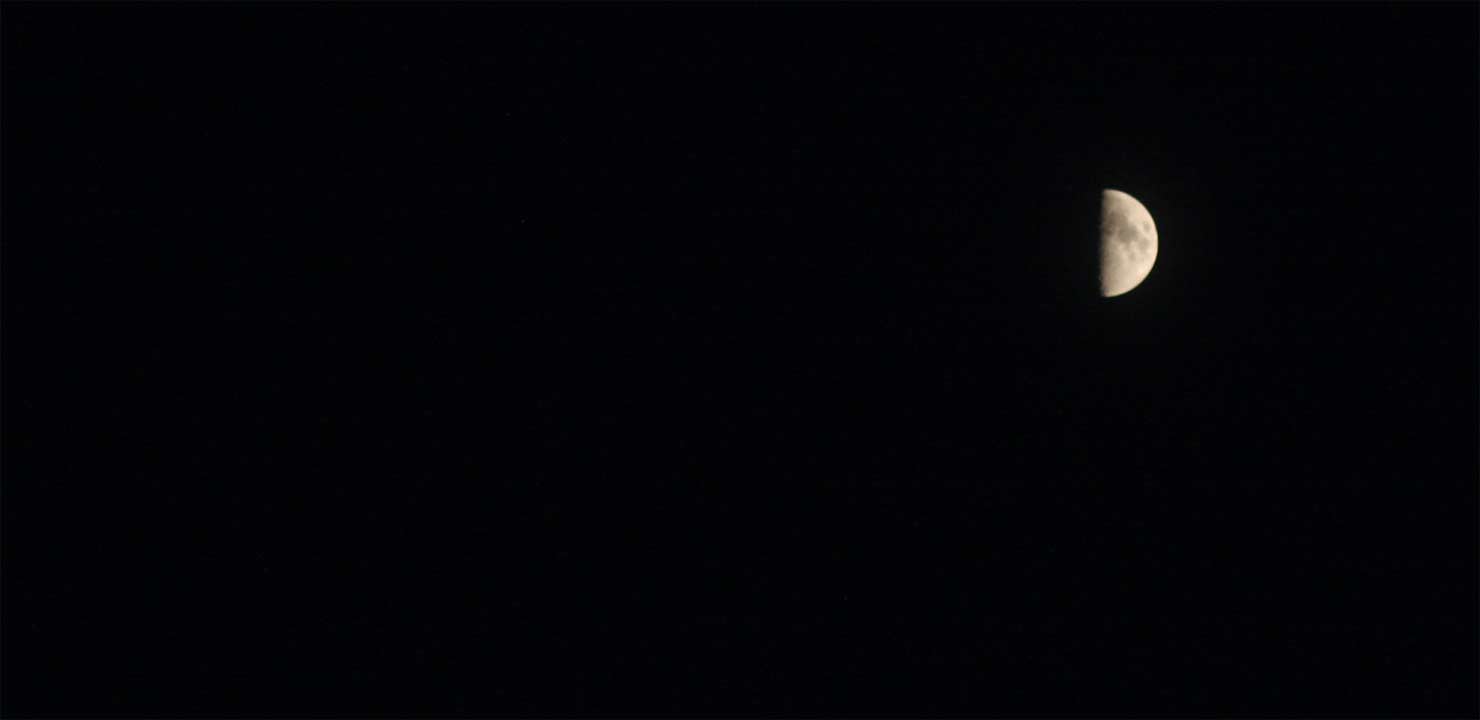
Observing the First Quarter Moon
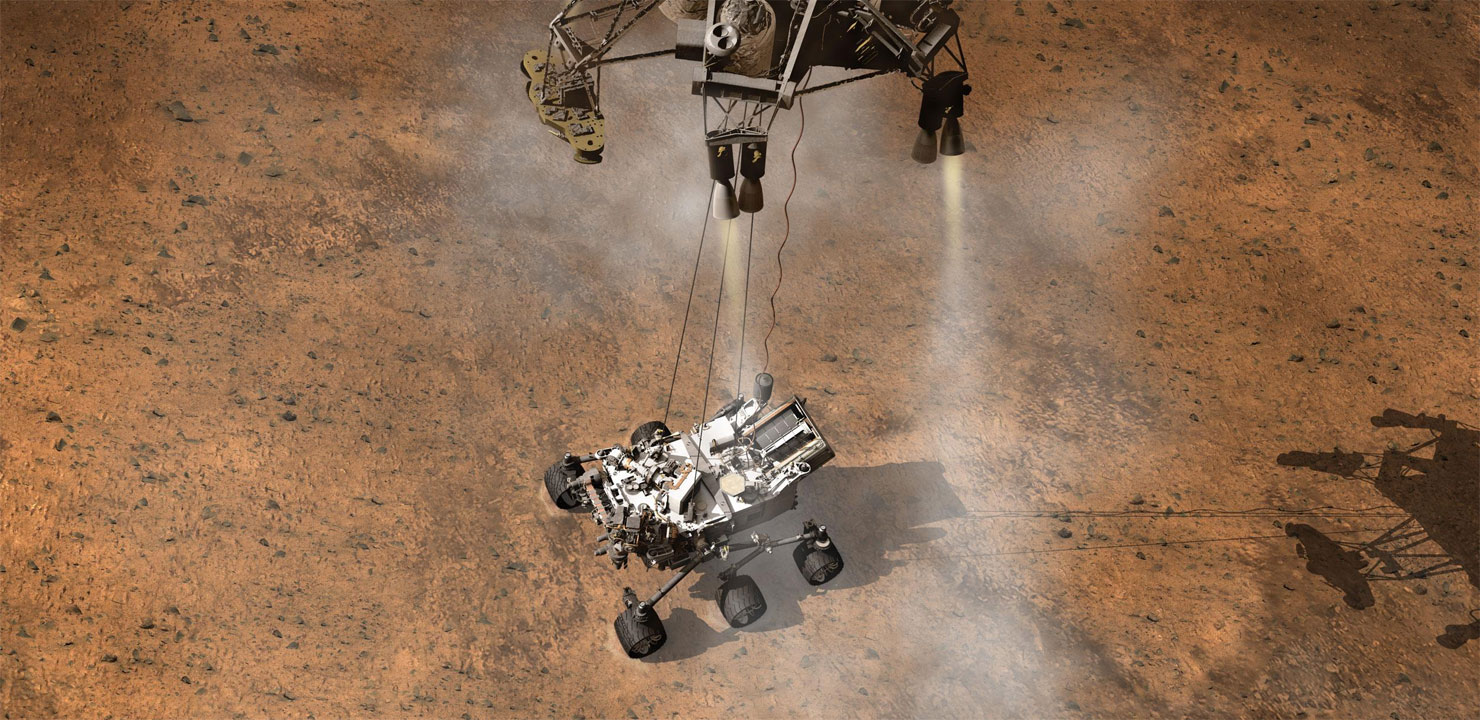
Curiosity to Explore Mars
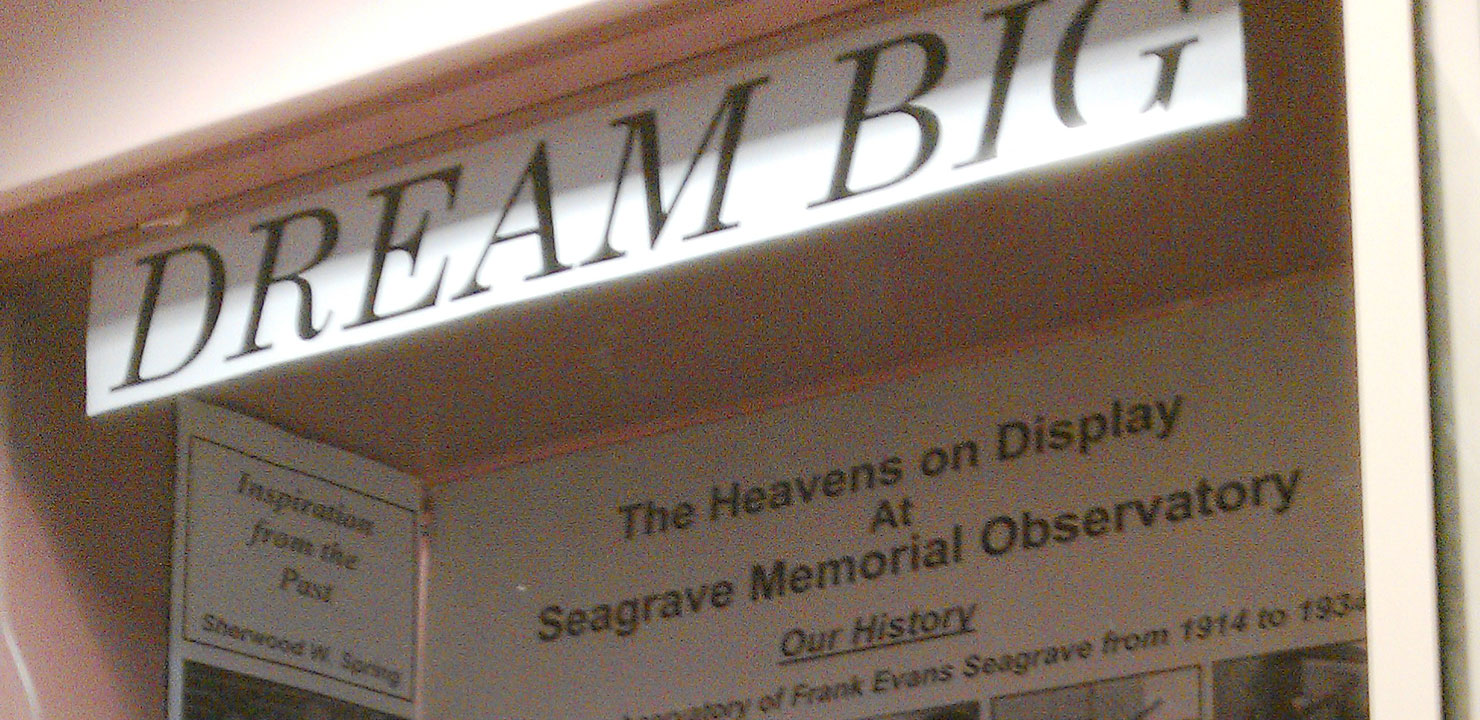
Skyscrapers on Display at the Glocester Manton Library
Saturn, the “Recruiter”
Be Prepared for the Transit of Venus: June 5, 2012
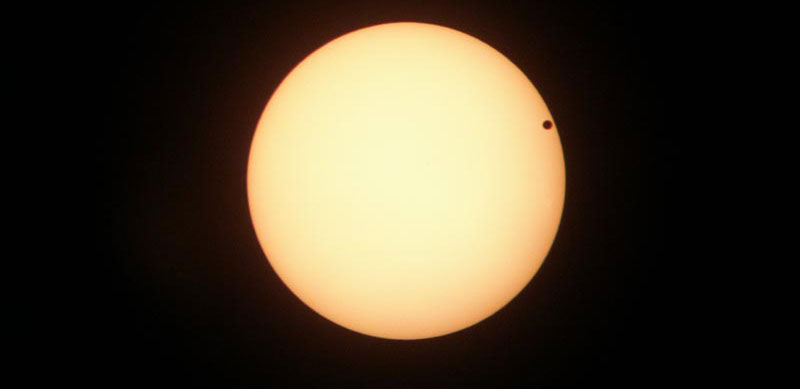
Transit of Venus: A Rare Astronomical Event
Shooting Stars of May
Solar Activity Primer
Northern Lights Primer
April Meteor Shower

Marvelous Mars

Mars History Highlights
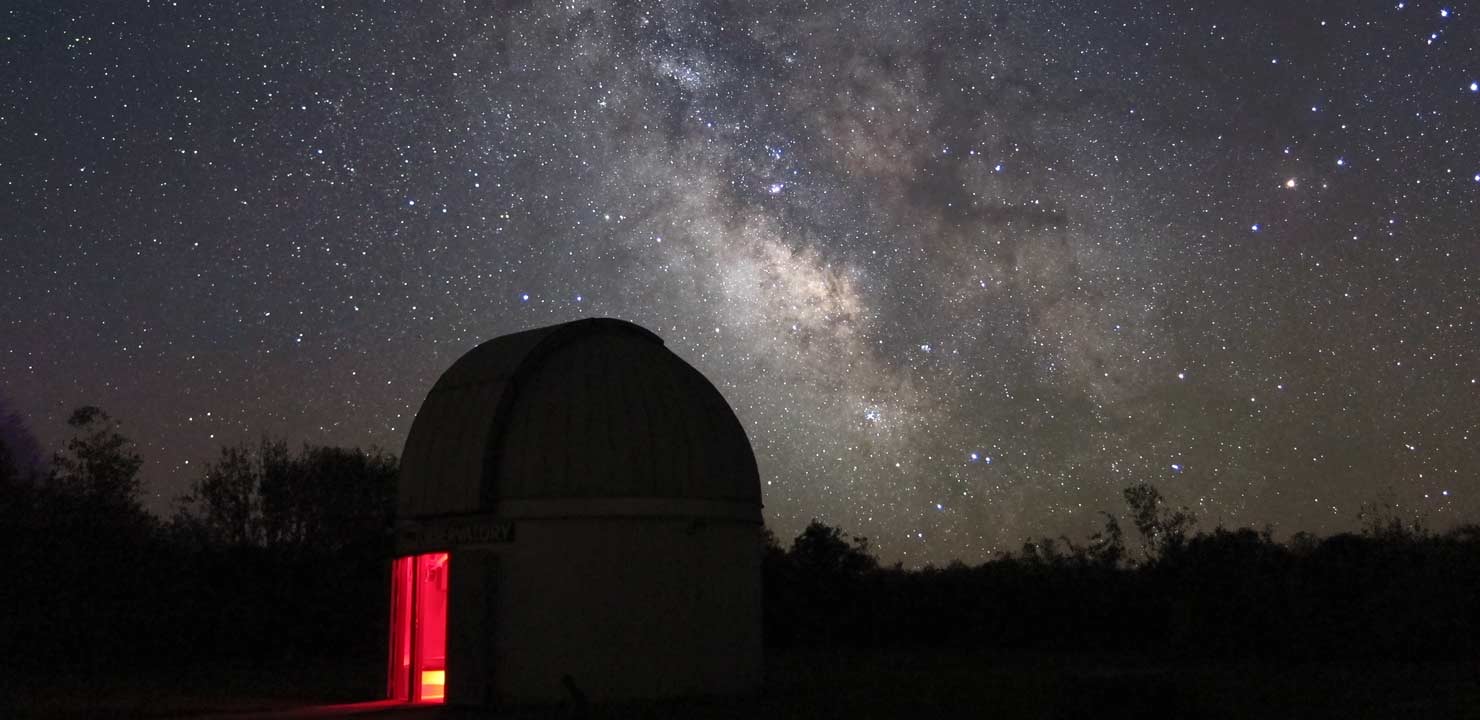
Frosty Drew Observatory
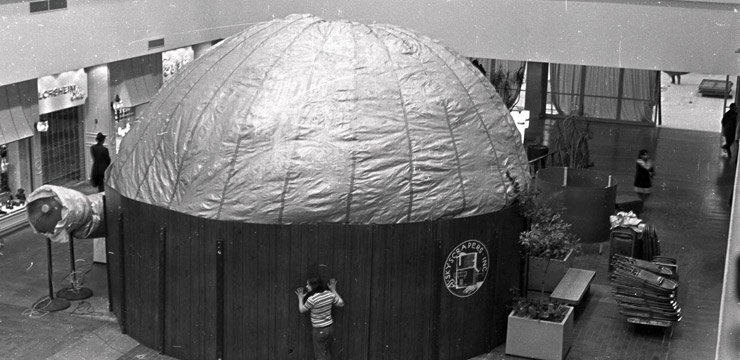
Midland Mall Remembrance
Orion the Hunter
It’s Full of Stars!

Celebrating the Sesquicentennial Birthday of Frank Evans Seagrave (1860–1934)
2009 Leonids Observing Report
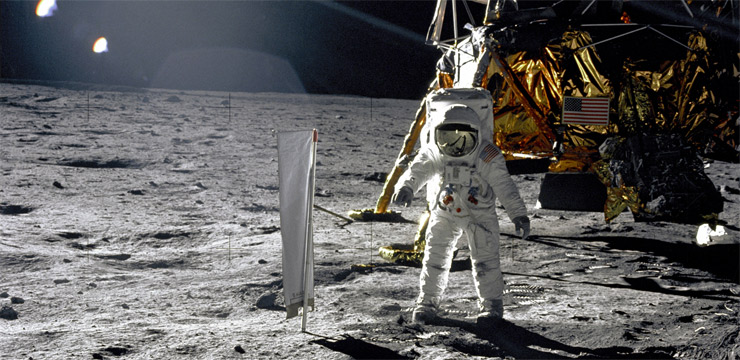
40th Anniversary of the Apollo 11 Moon Landing
Occultation/Graze of Antares by Moon: June 6, 2009
Searching for Extraterrestrial Signals
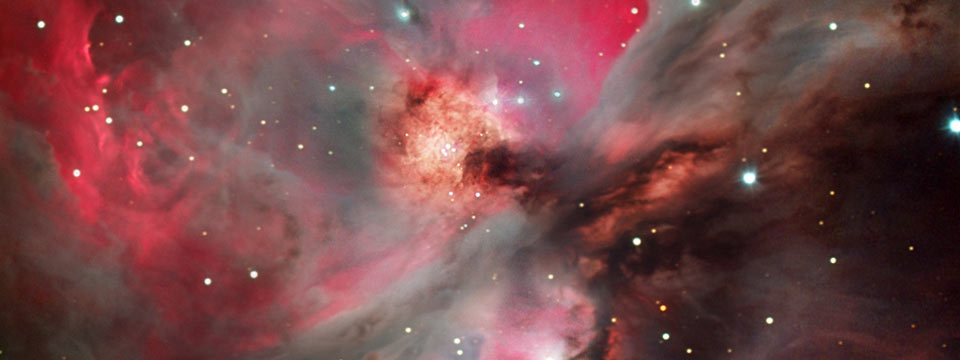
The Winter Circle

Vivian Hartnett Remembered

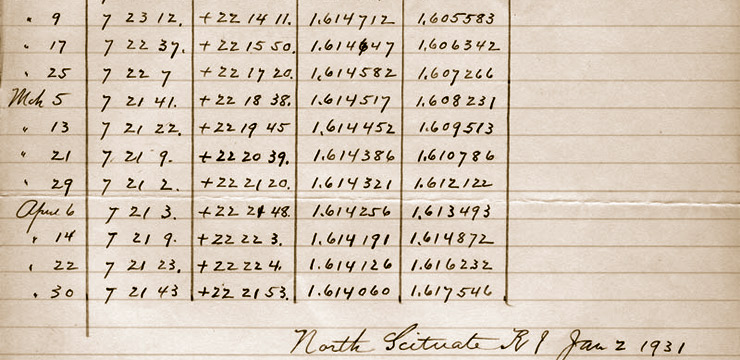
The “Conjunction” of Frank Seagrave and Percival Lowell
Mars History Highlights
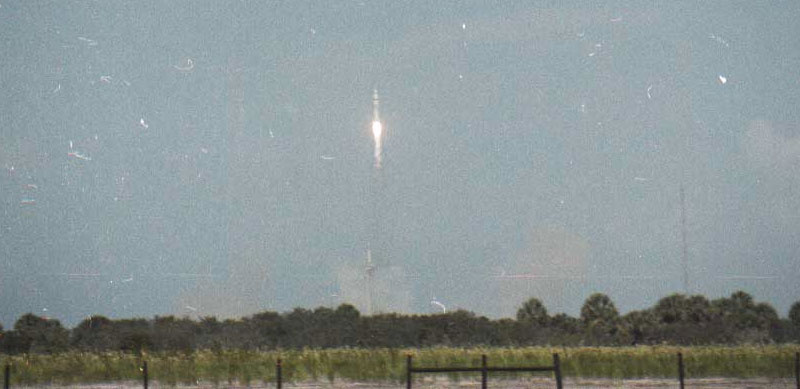
30th Anniversary of the Apollo-Soyuz Test Project

Skyscrapers Portable Planetarium Project
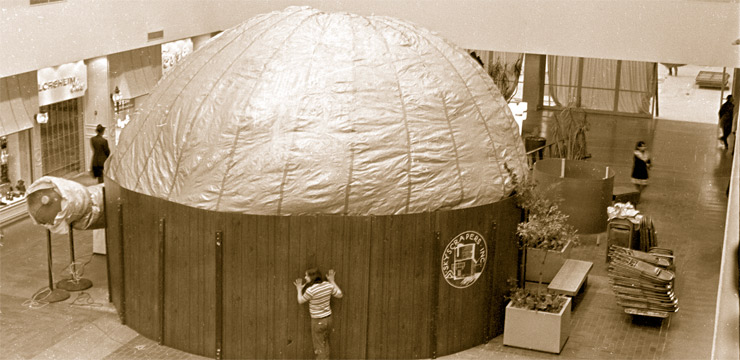
Portable Planetarium Show Transcript
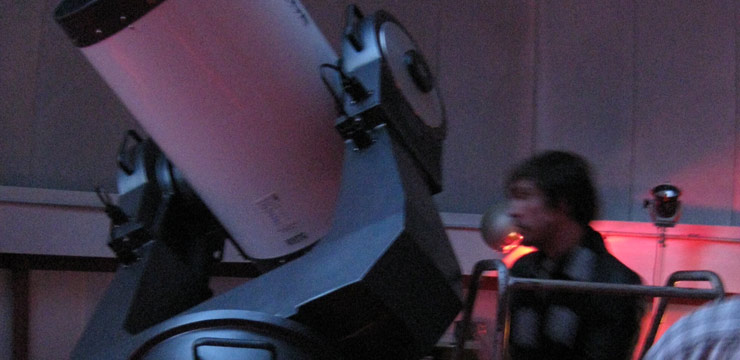
Margaret M. Jacoby Observatory

Brian Magaw: A Remembrance
ET Phone Earth
Stellar Rorschach
Mars on the Net
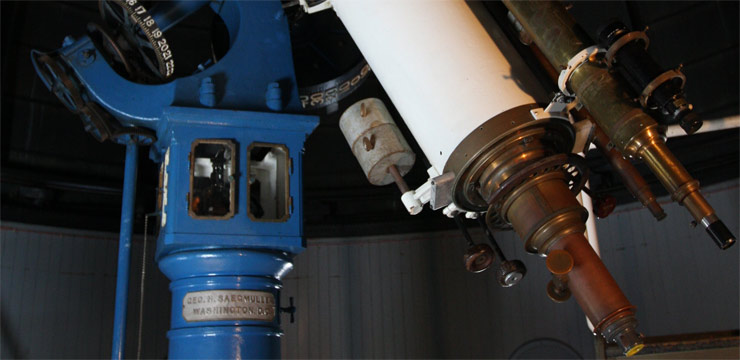
Ladd Observatory

Stardust Memories: Frank E. Seagrave and Halley's Comet
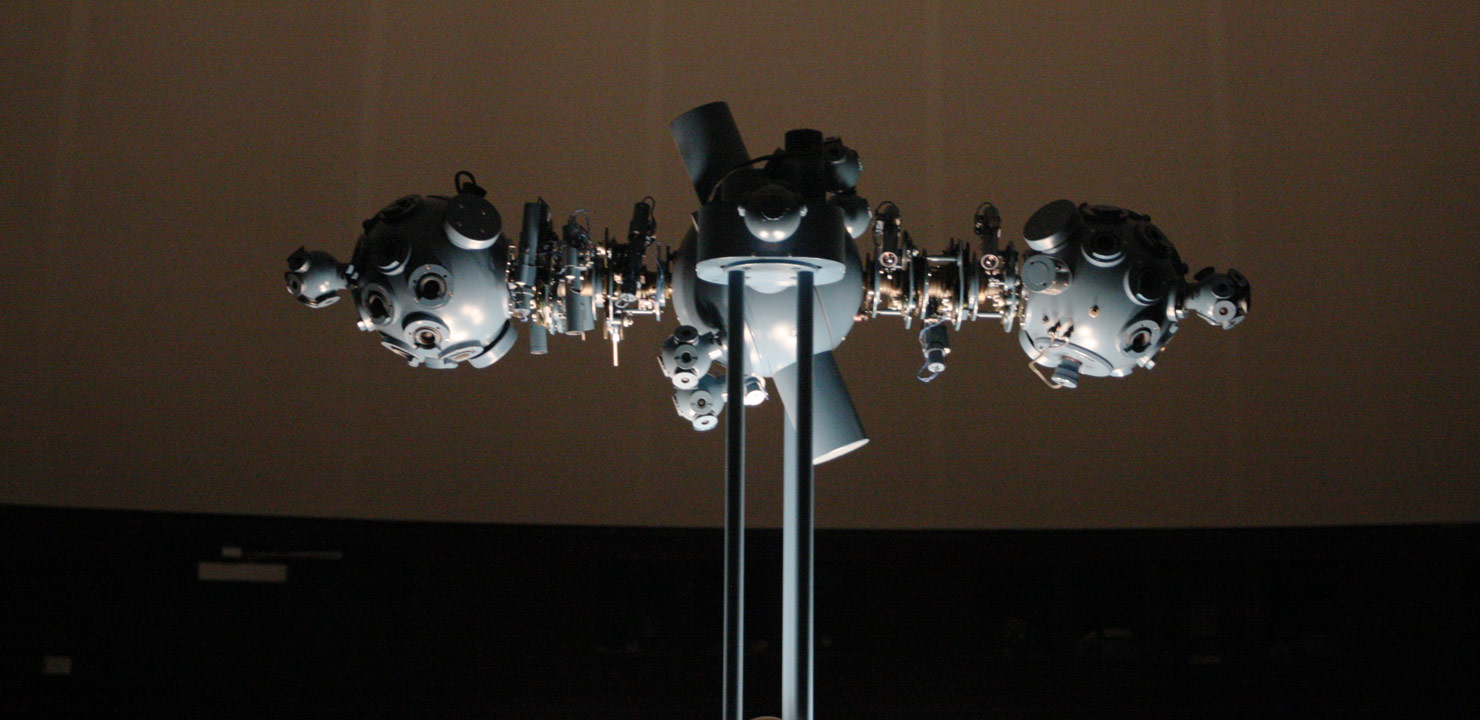
Cormack Planetarium
Northeast Planetary Data Center
Cygnus the Swan
A Giant Constellation: Orion
The 100th Anniversary of Seagrave Observatory
A Preview of Seagrave Observatory's Centennial, 1914 to 2014
You Can Slooh
The Sesquicentennial Birthday of Frank Evans Seagrave
The Sesquicentennial Birthday of Frank Evans Seagrave (1860-1934)
Historical Images from the Charles Smiley Slide Collection
Journeys into the Shadowzone: Brown University and Skyscrapers Collaborate on Total Solar Eclipse Expeditions(A few of their early adventures.)
Historical Film Footage of Skyscrapers Activities
30th Anniversary of the Skyscraper Portable Planetarium Mall Project
Roundtable discussion on comets
Dedication of the Patton Telescope
Historical Sketch of Skyscrapers, Past and Present
Swords of Fire: The Northern Lights
Recent Sunspot Activity
Stardust Memories: Frank E. Seagrave and Halley
Observing Sun Dogs
The Dinosaur Extinction and the Astronomical Connection
Frank E. Seagrave, Forgotten Astronomer
Astronomical Arizona
Total Solar Eclipse in Tanzania
Nothern Lights: Recent Activity
Formation of the Aurora Alert Hotline
How Not to Build an Amateur Observatory
Astronmical League National Convention at Kutztown, Pa
Auroras
UFOs
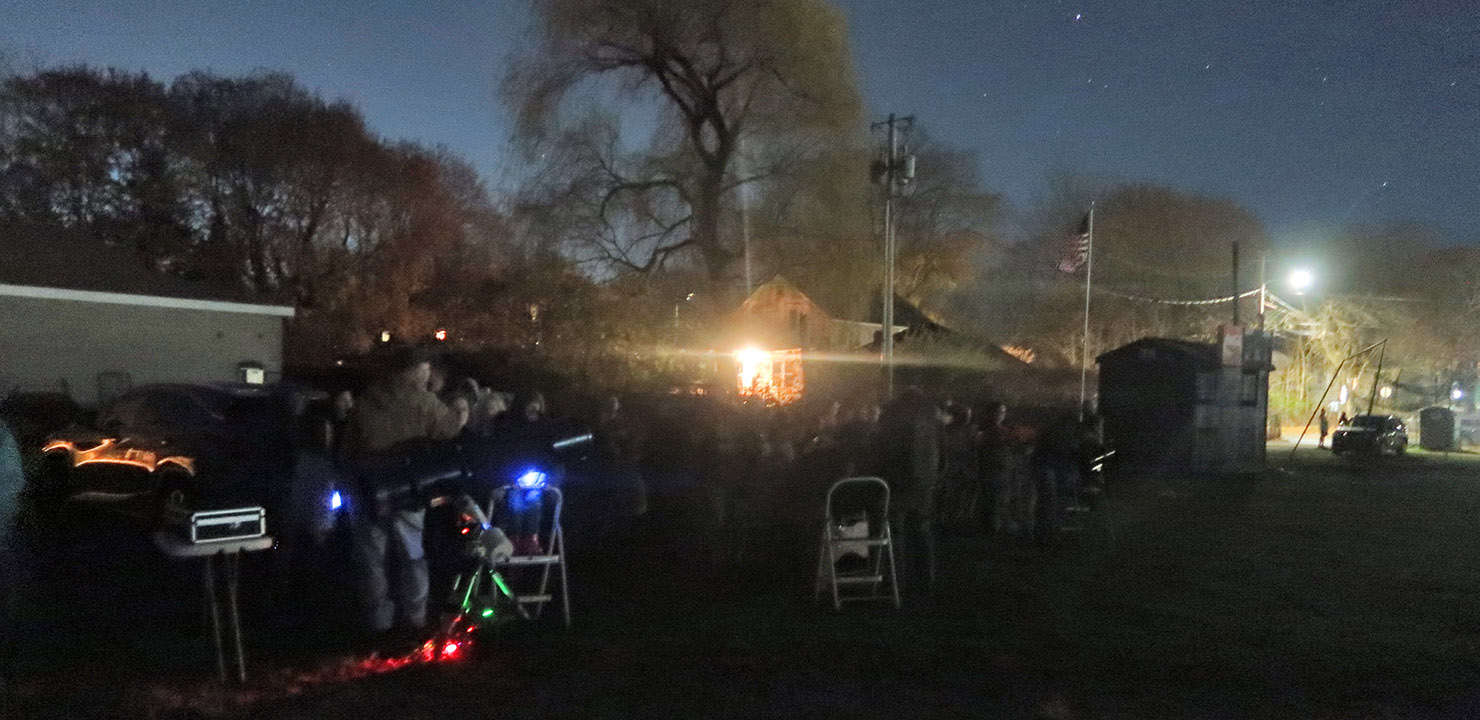

Callahan School Star Party 2024
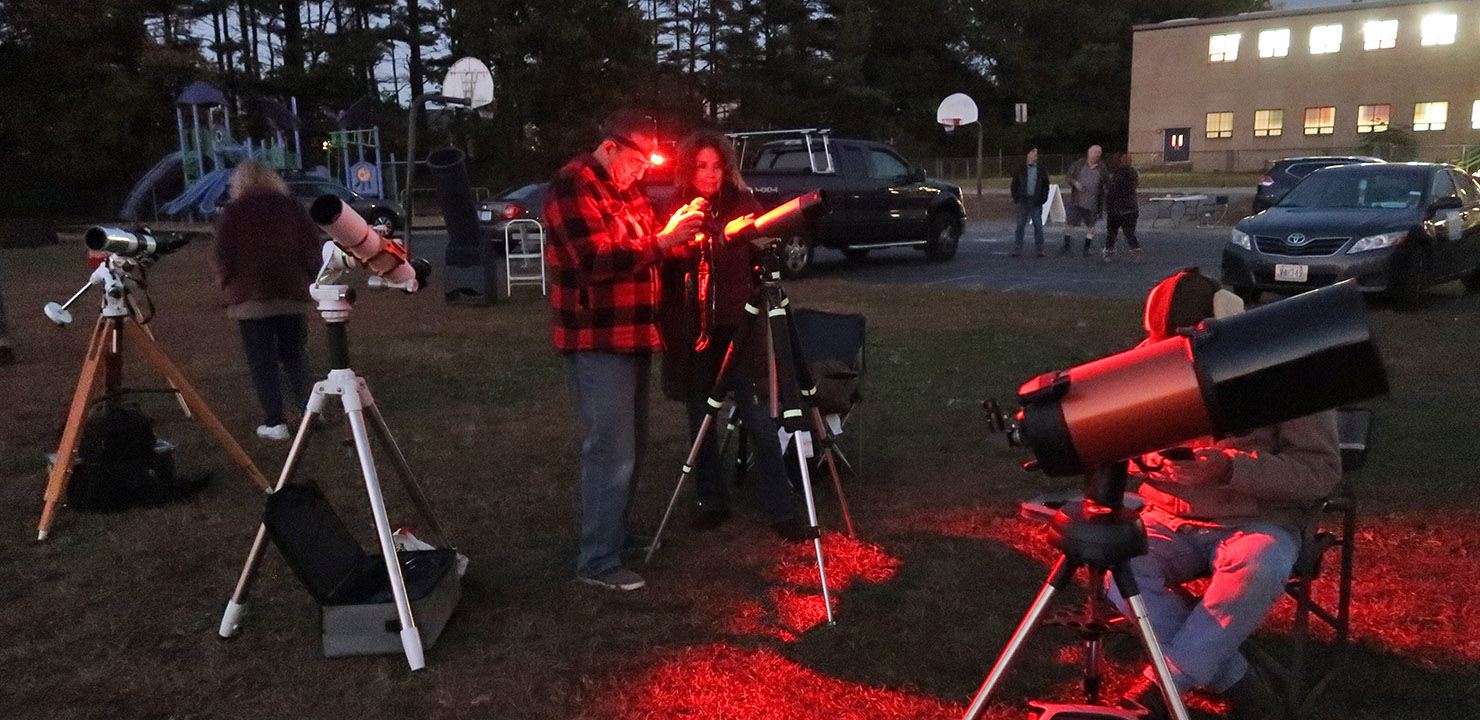

Steere Farm Star Party 2024
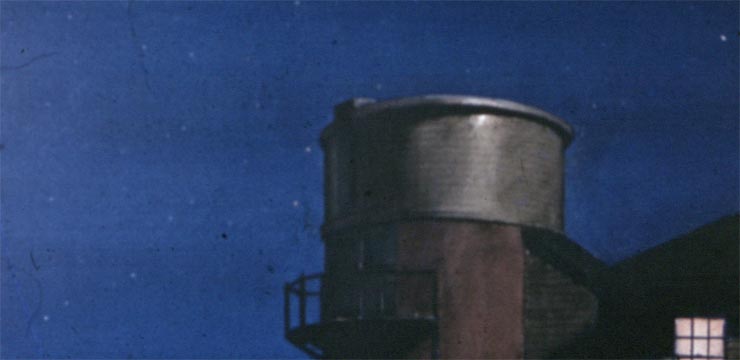

Star Party Report
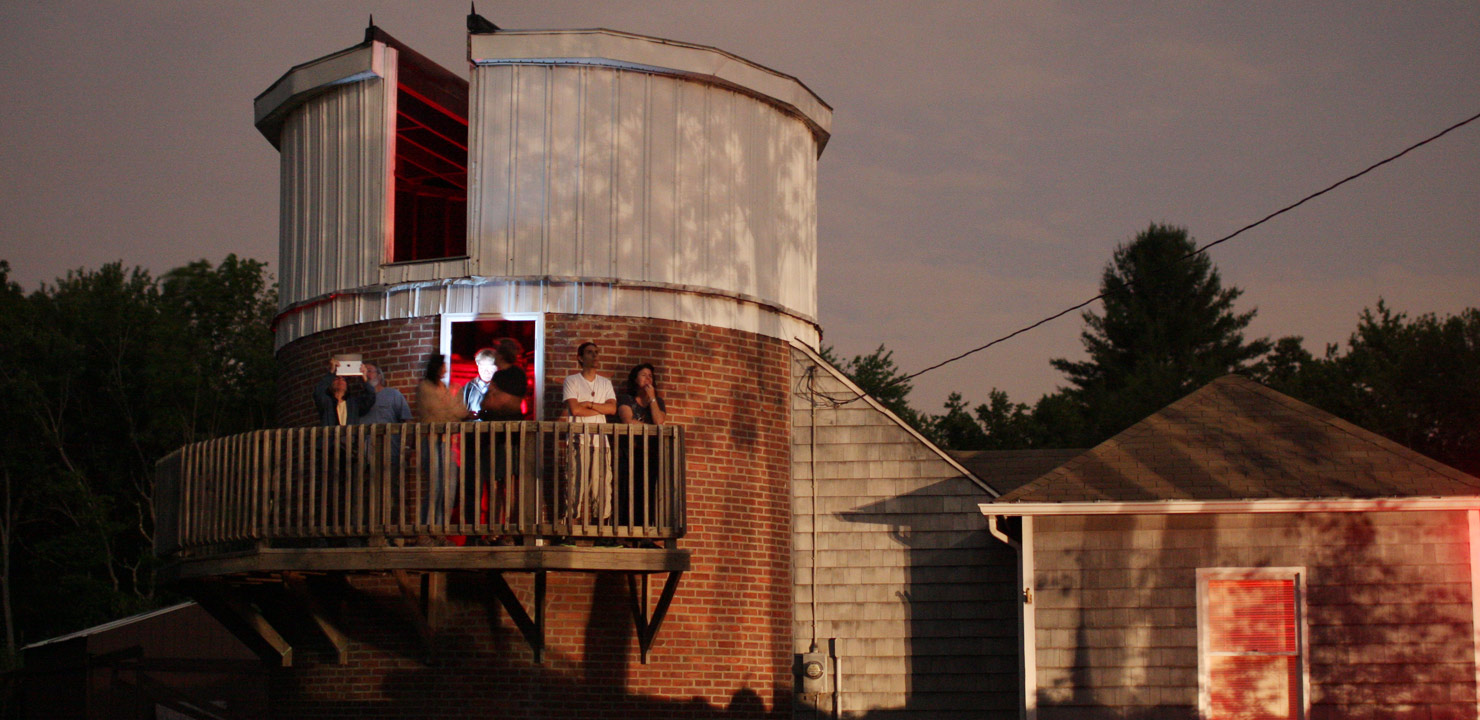

Less than ideal weather conditions for viewing a "super" Moon


Bryant Astronomy Lab Students Visit Seagrave Memorial Observatory
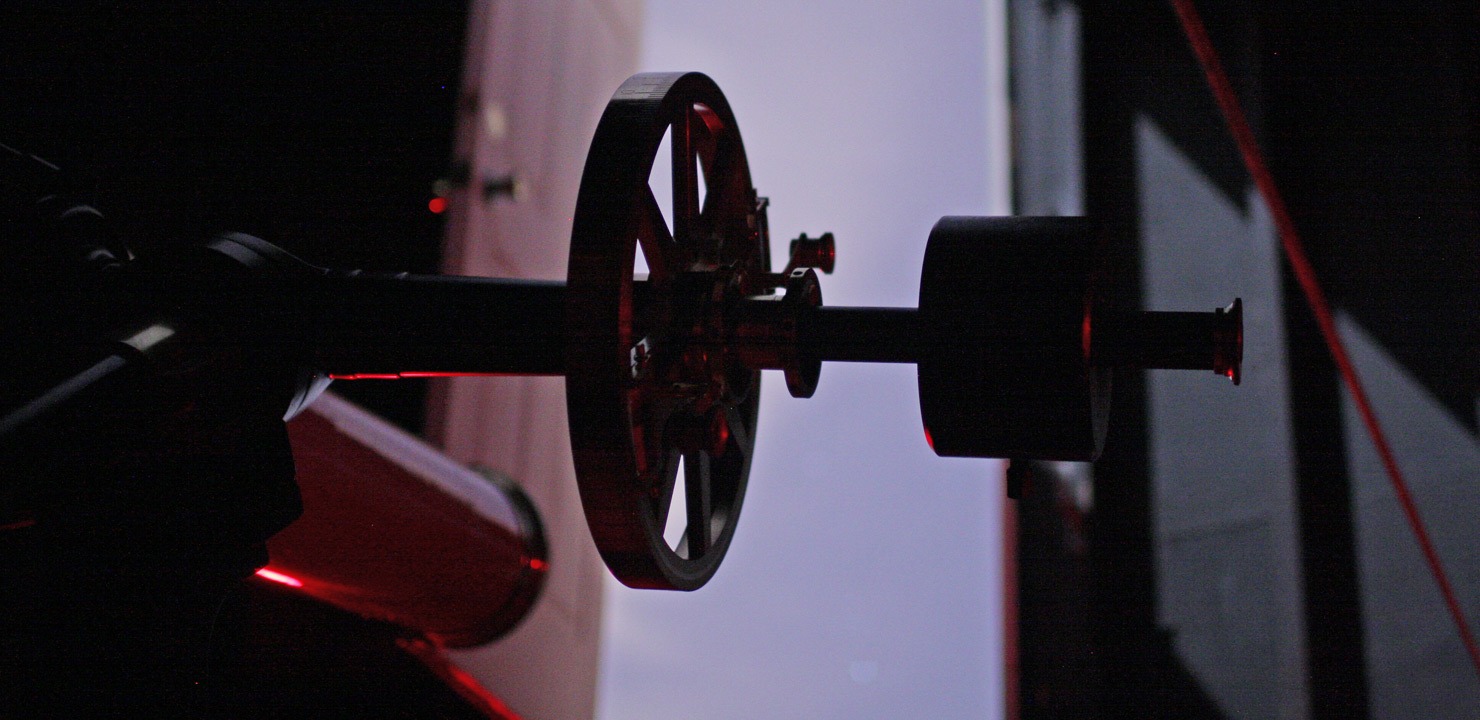

Astronomy Day, Star Party & Comet PanSTARRS on a partly cloudy night
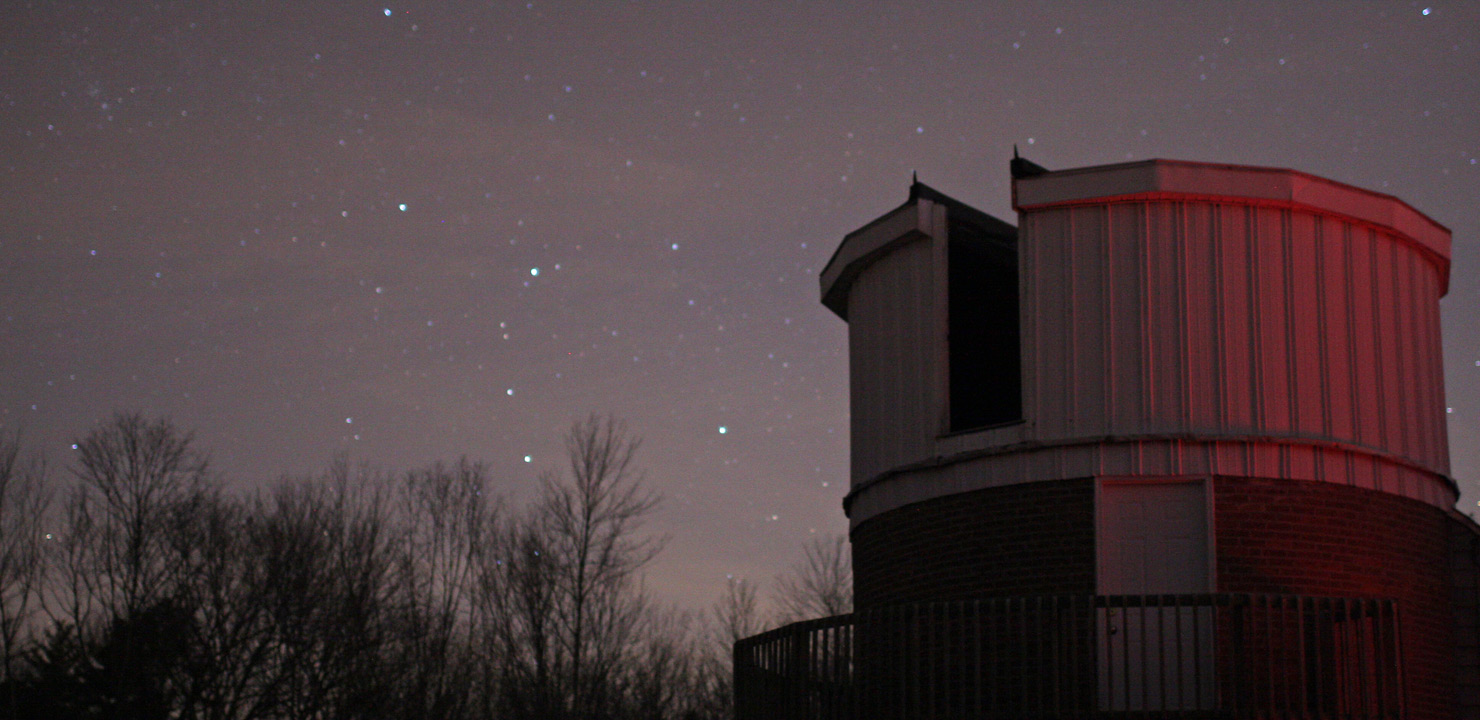

Third clear Saturday marks the beginning of Saturn season
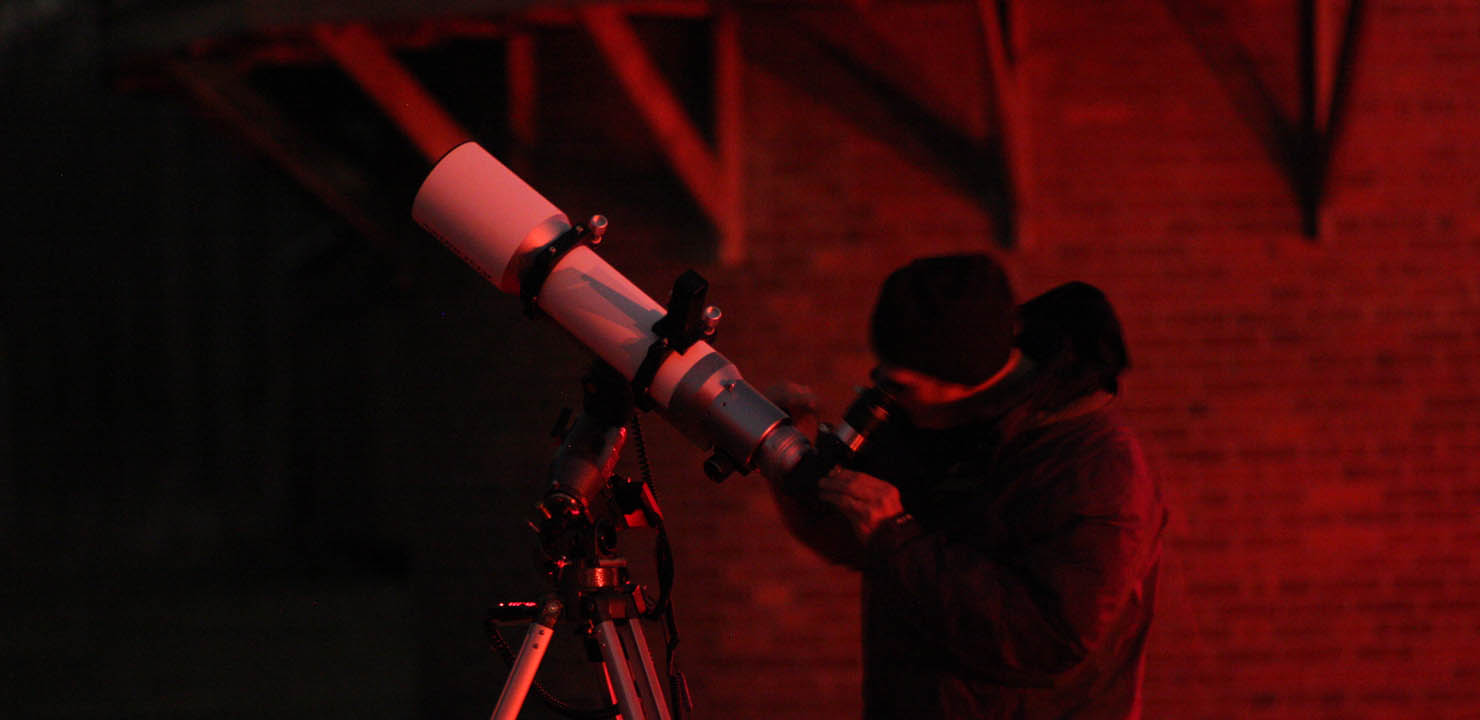

Observatory night
A total of 25 guests enjoyed clear skies on March 30 and viewed Jupiter, the Orion Nebula and one of the open clusters in Auriga during our two hour observing session. In the field, Bob Horton brought his homemade 4.25" reflector and Conrad had first light with his new Astro-Tech 106mm refractor.
Dave Huestis and Jim Hendrickson provided this report.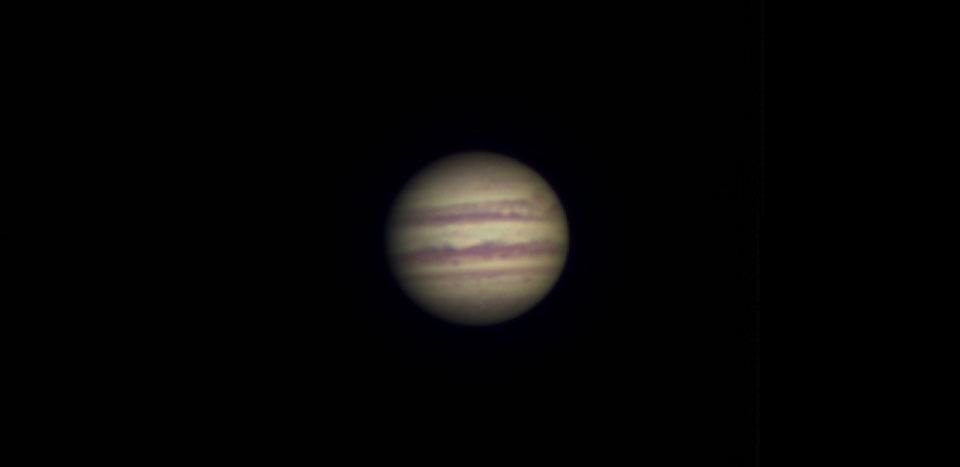

Moon and Jupiter highlight 2013 season opener
It was nice to be back to Seagrave after the observatory had been snowed in for so long. We had clear skies and a bright waxing gibbous moon lighting up the grounds.
Bob Horton, Dave Huestis, Steve Hubbard and Jim Hendrickson provided this report.

Bryant College Students at Seagrave


Portsmouth Middle School star party
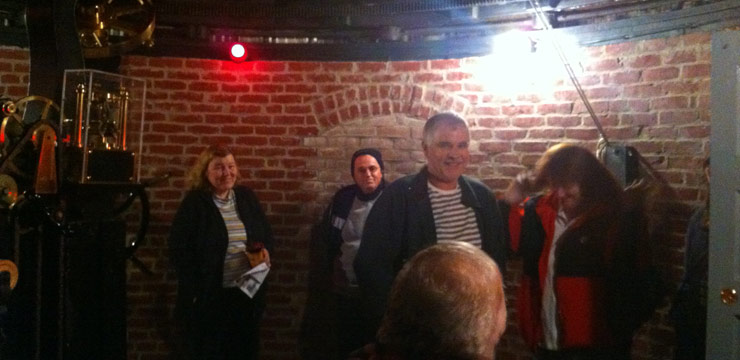

Seagrave Public Open Night
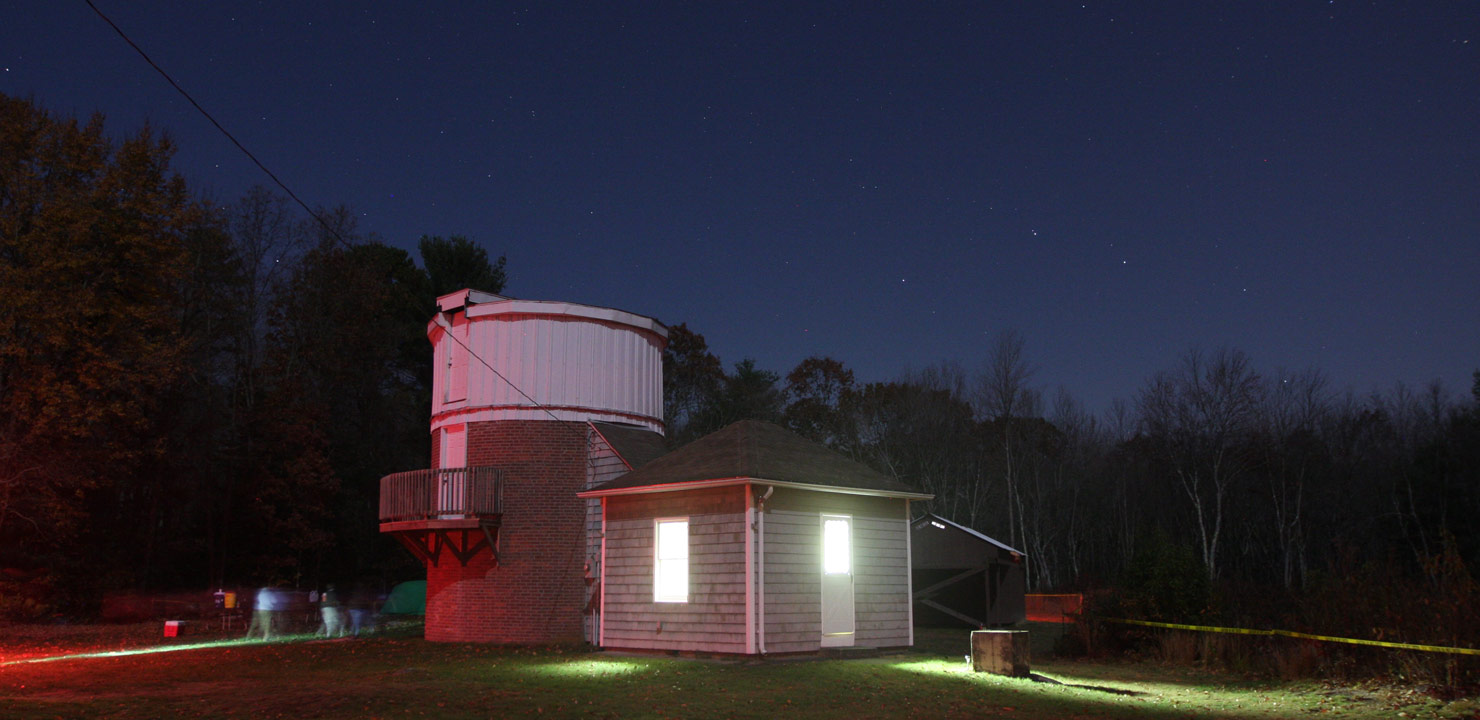
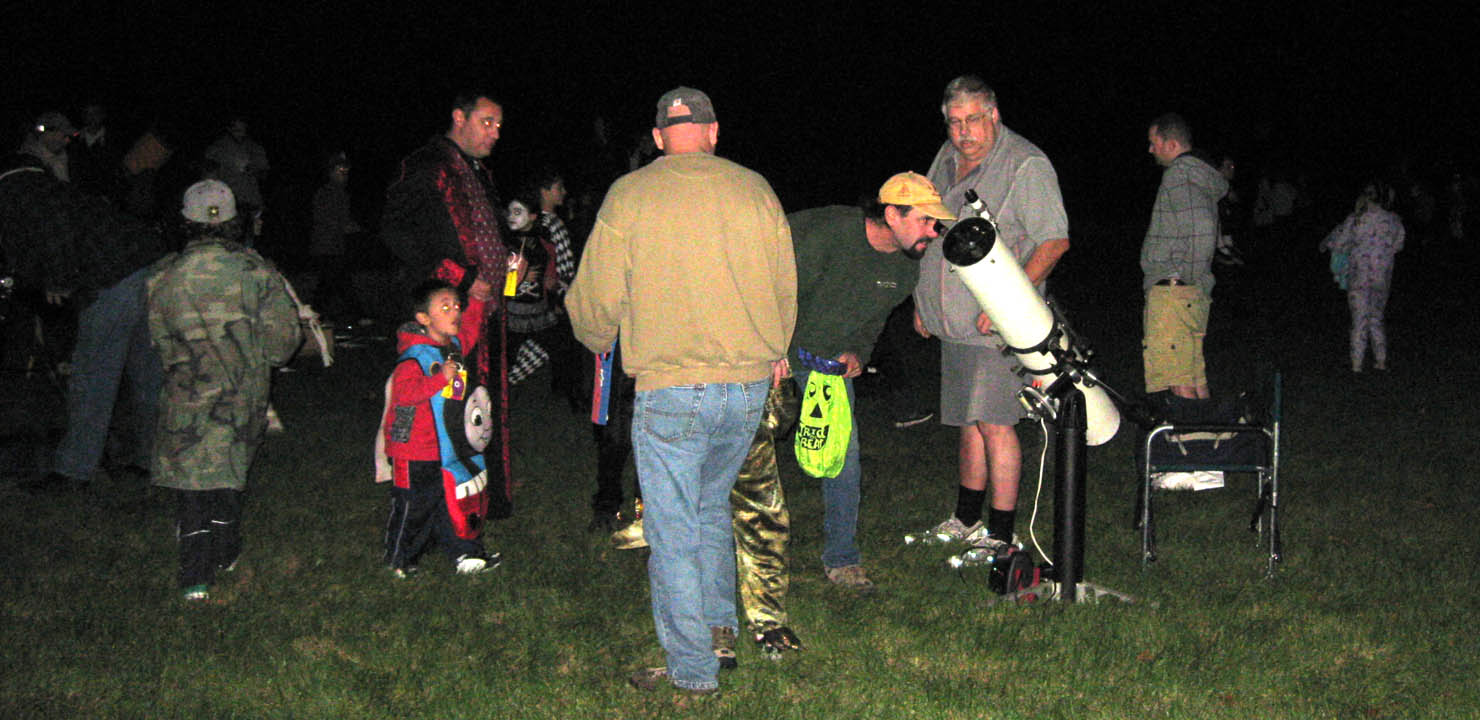

Callahan Elementary School Star Party


International Observe the Moon Night


Steere Farm Star Party



Meeting Night, Public Open Night & Double Star Challenge


Public Open Night Report for July 14, 2012
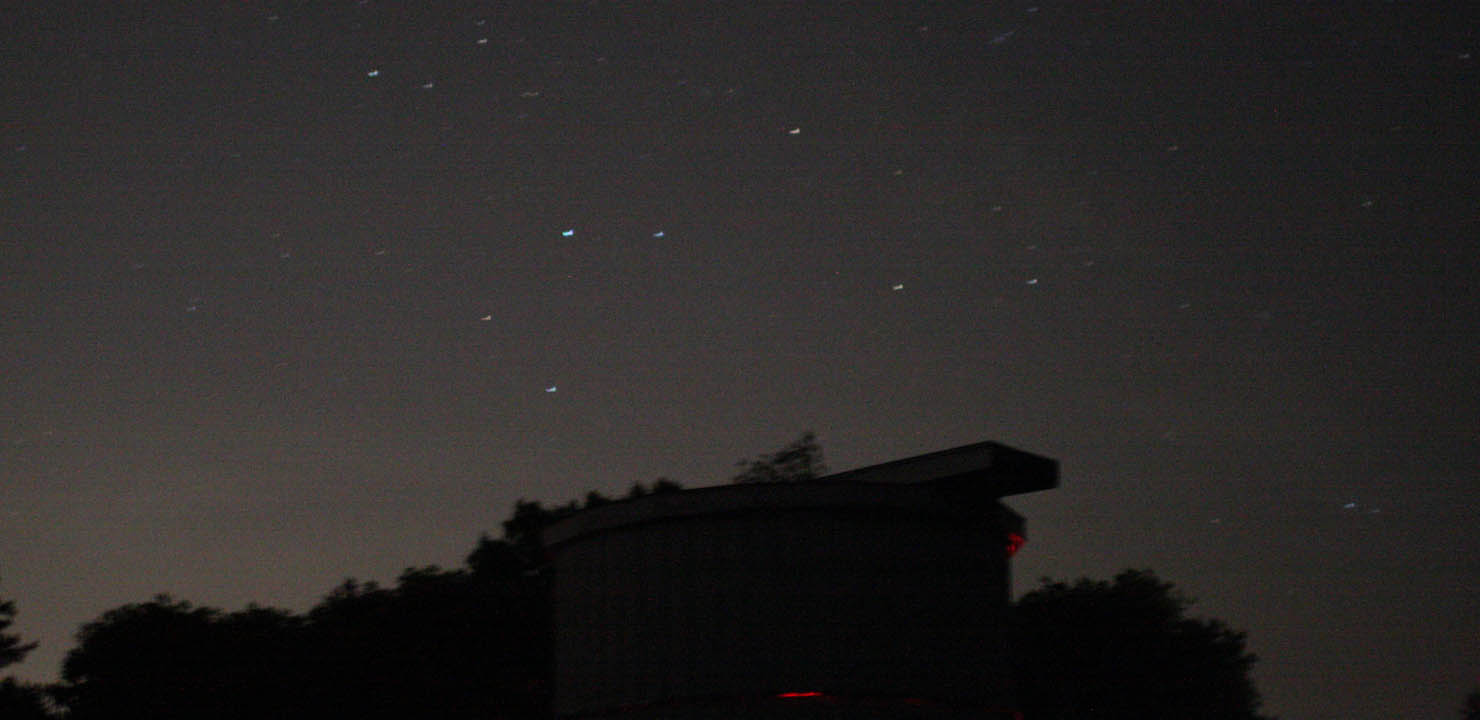
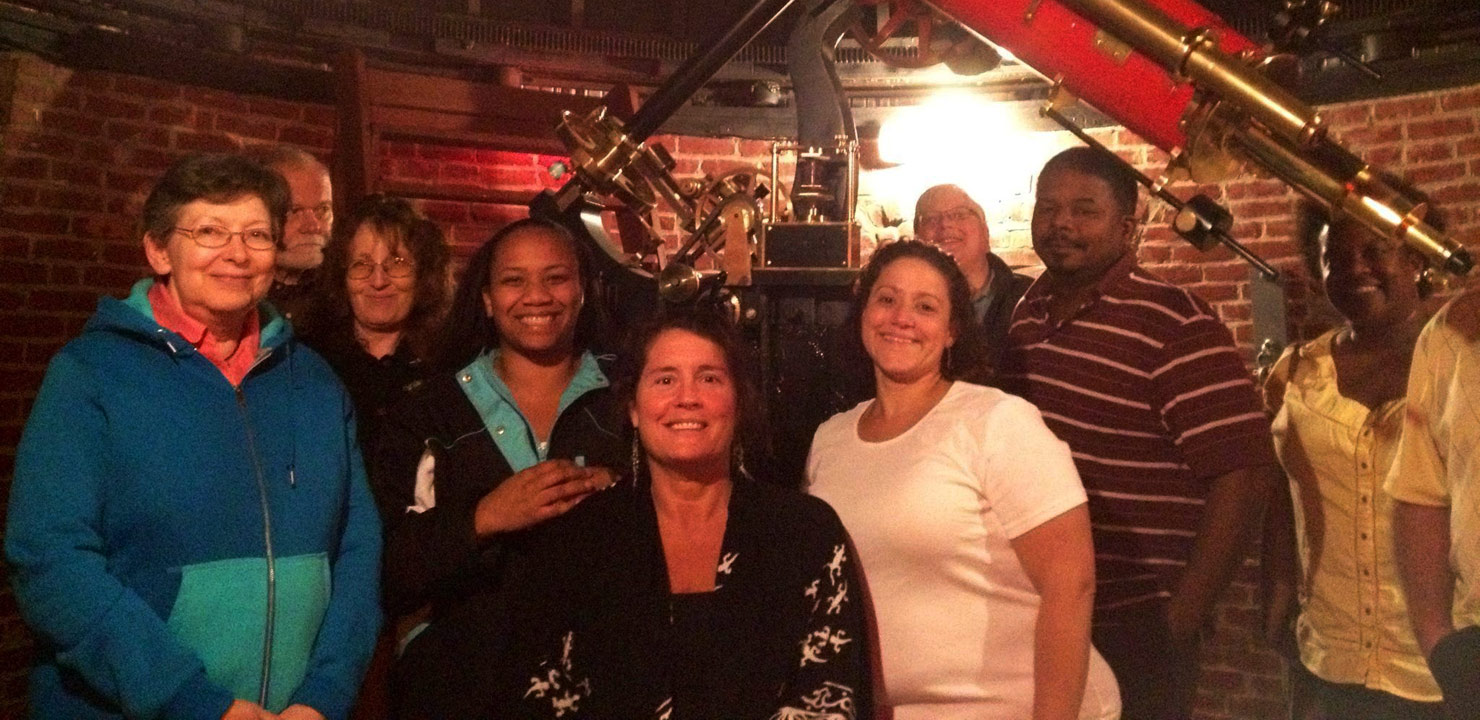

Society of Women Engineers visit Seagrave Observatory
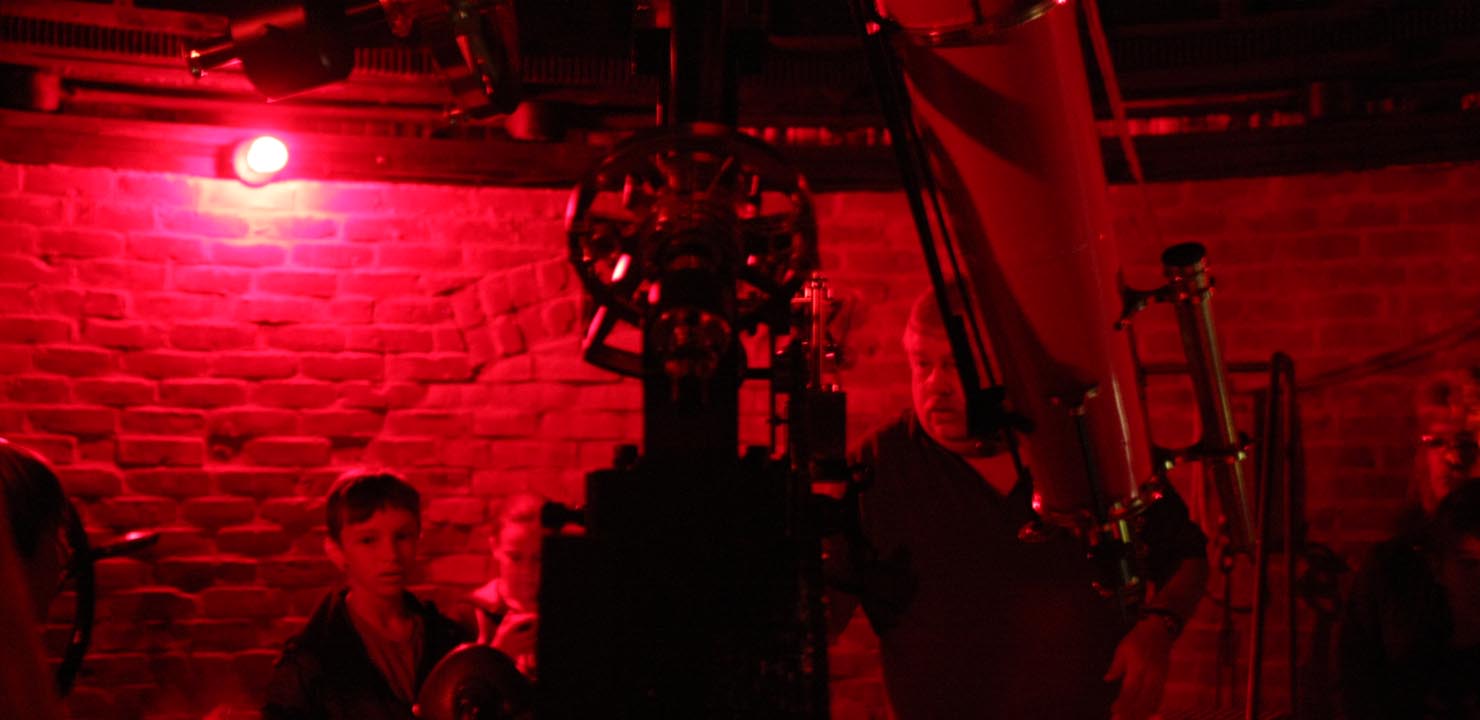

Clear skies give way to poor conditions, obscuring all but Mars & Saturn


Bryant Students Visit Seagrave
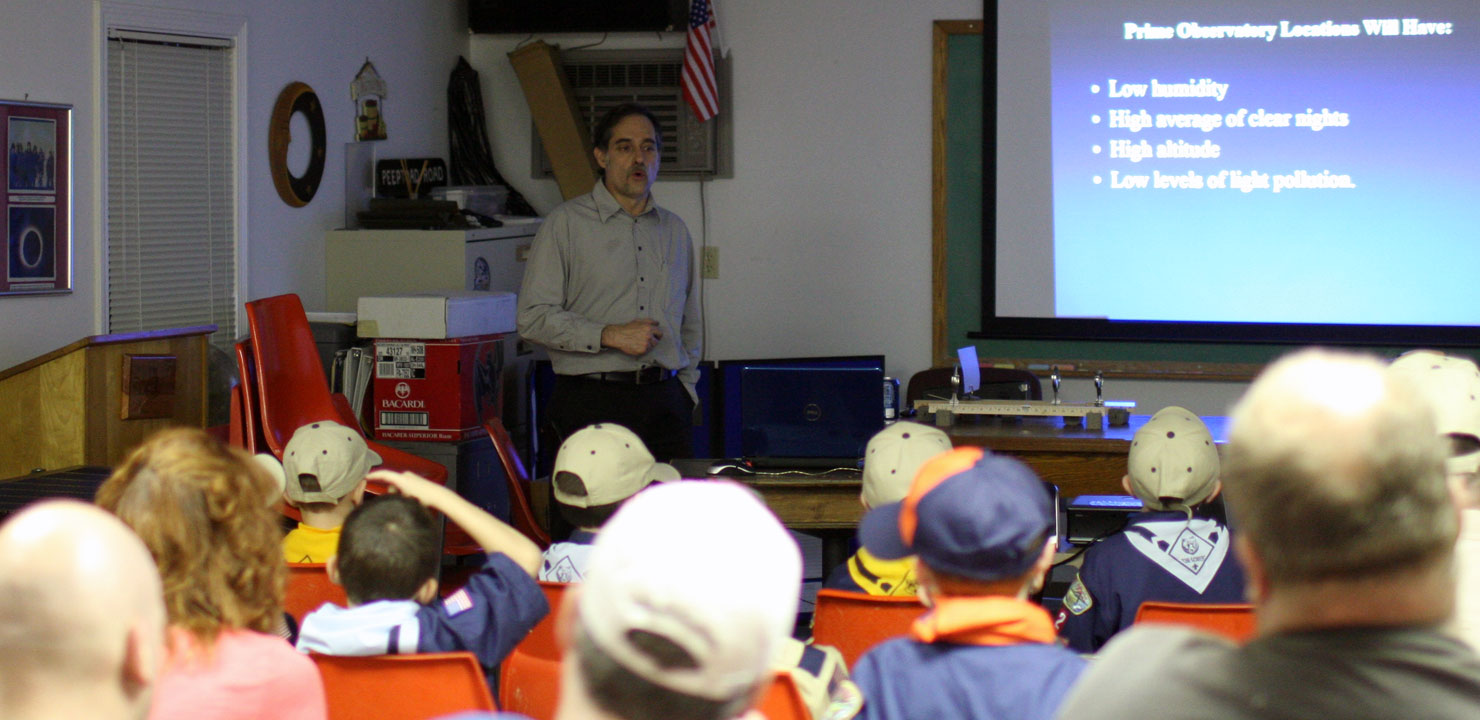
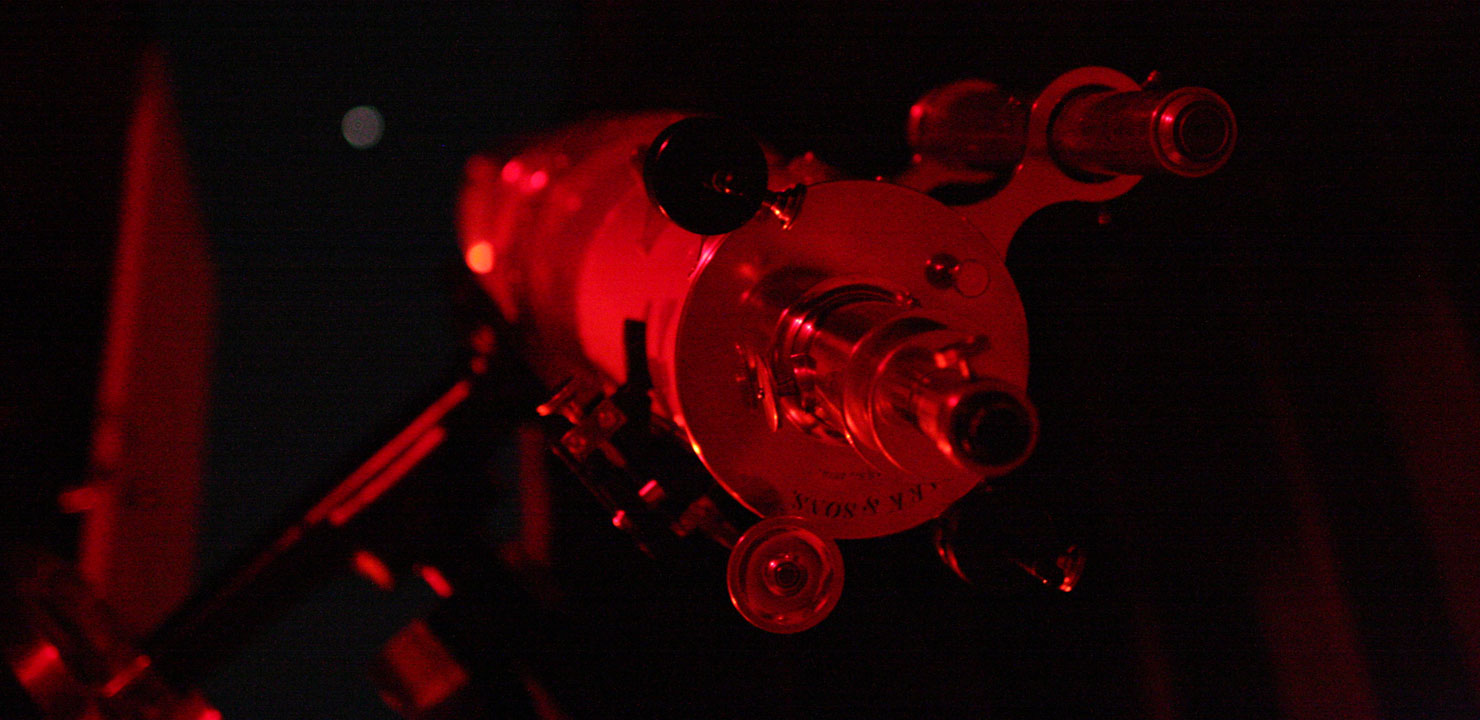
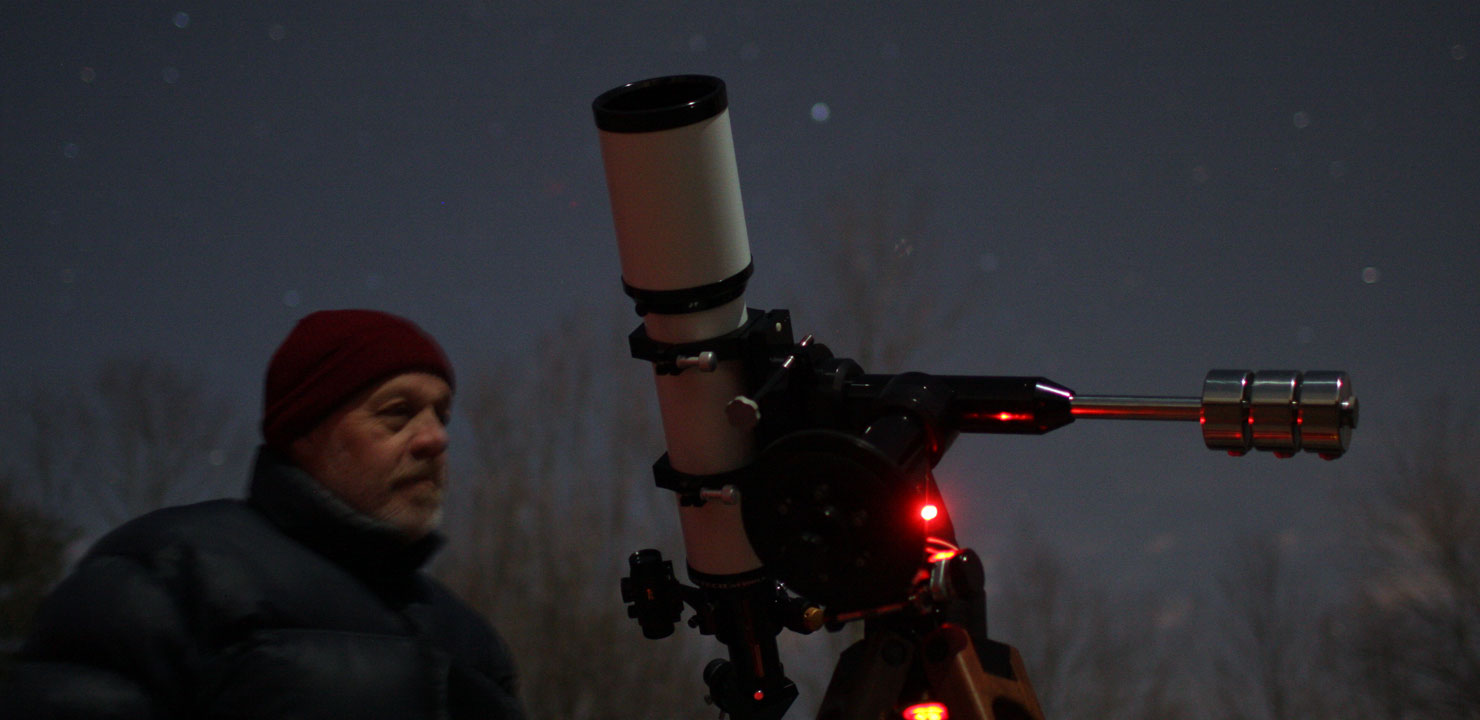

Jupiter and Bright Moon on a Mid-Winter Night


Portsmouth Star Party
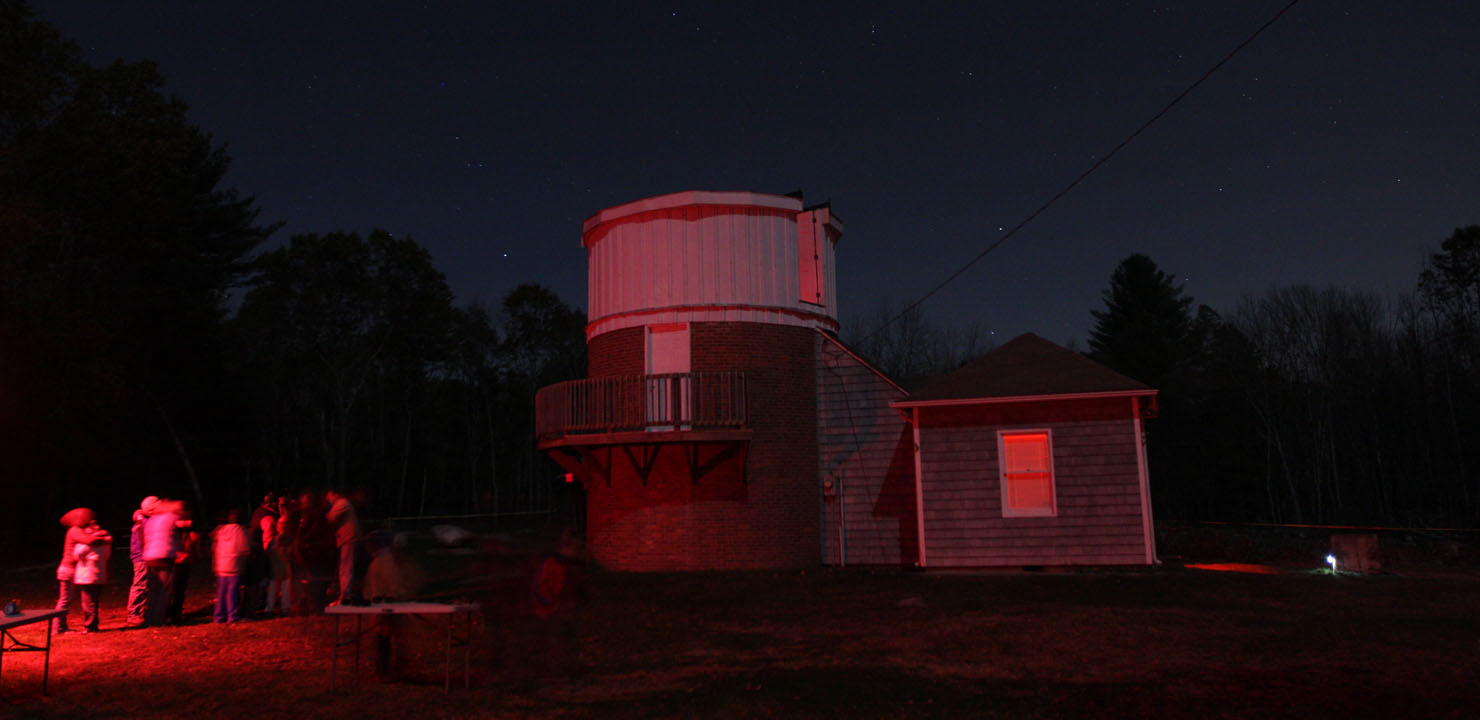


International Observe the Moon Night 2011 at Seagrave Observatory



Skyscrapers Jam at the Newport Folk Festival


Postponed star party turned out to be the best night of the year


Seagrave Memorial Observatory 2011 Season Opener
2001 "Season Opener" at Seagrave Memorial Observatory features Mercury and a "super" Moon.
Jim Hendrickson and Dave Huestis provided this report.

